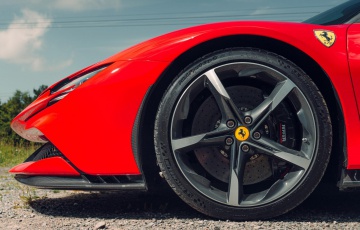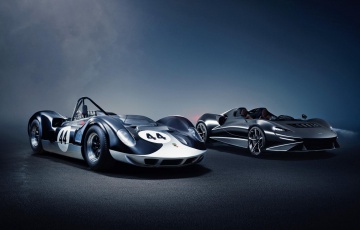25 of the most expensive new cars ever sold
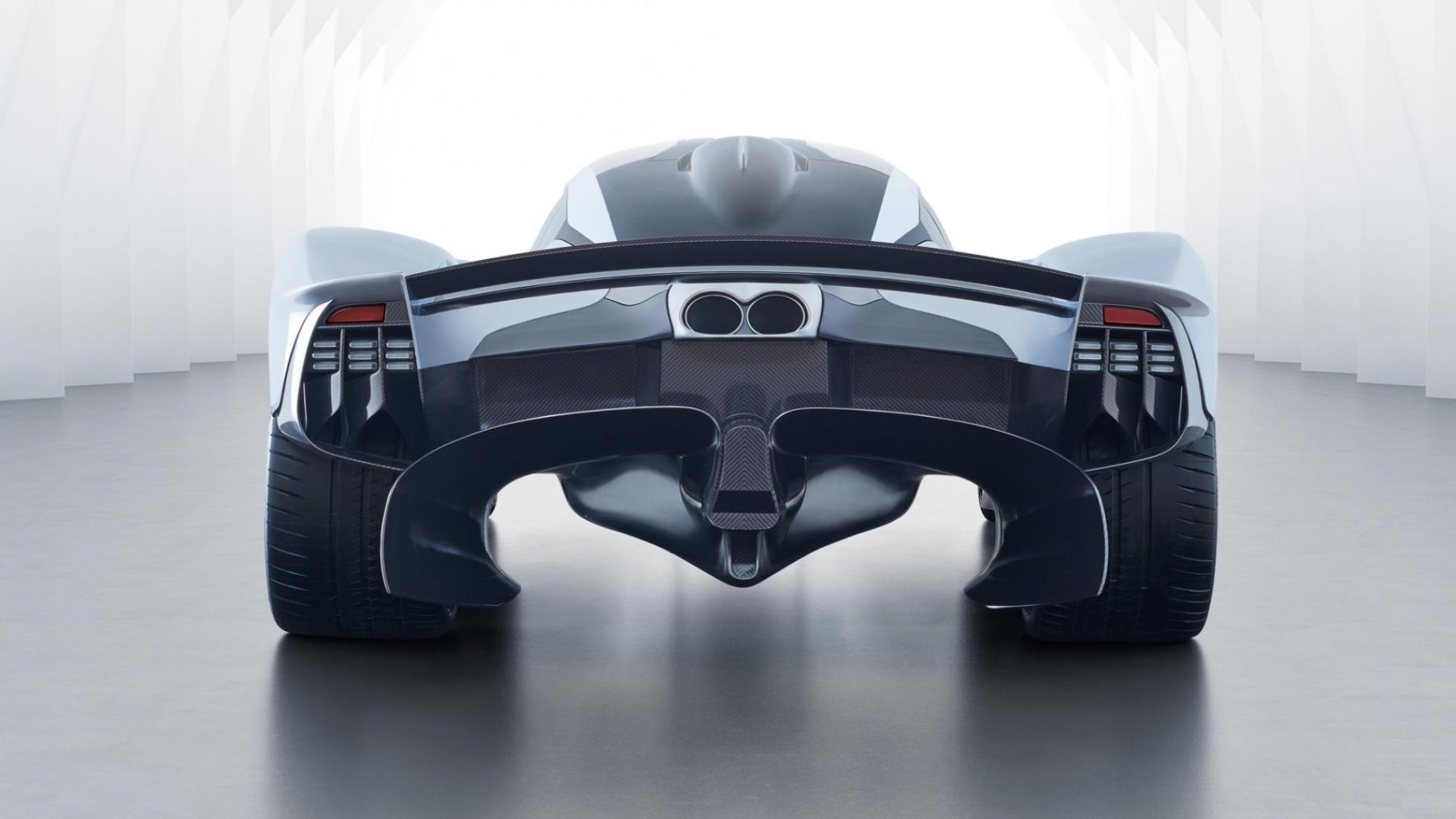
OK, we’re going to try to get through this article without mentioning the gilded age, the one per cent, being rich as Croesus or anything like that.
Each time we fail, we’re going to put a pound in a jar. We would have put more, but, unfortunately, we weren’t born with a silver spoon up our… ah, damnit, we’ve failed already. OK, one pound.
Let’s start again. What we’re dealing with today are the most expensive cars in the world.
Now, this can be a bit tricky, because, for the really special, one-off pieces, it tends to be a ‘if you have to ask’.
But ask we did, finding out from the very best in the business what it costs for the chance to own the priciest cars in the entire world.
And definitely not talk about the reality that these cars are likely ones you’ll never see, let alone own.
And so, in no particular order – because who needs to quibble over a million here or there? – here are 25 of the priciest modern automobiles that sixteen metric shedloads of cash can buy.
STORY Craig Jamieson
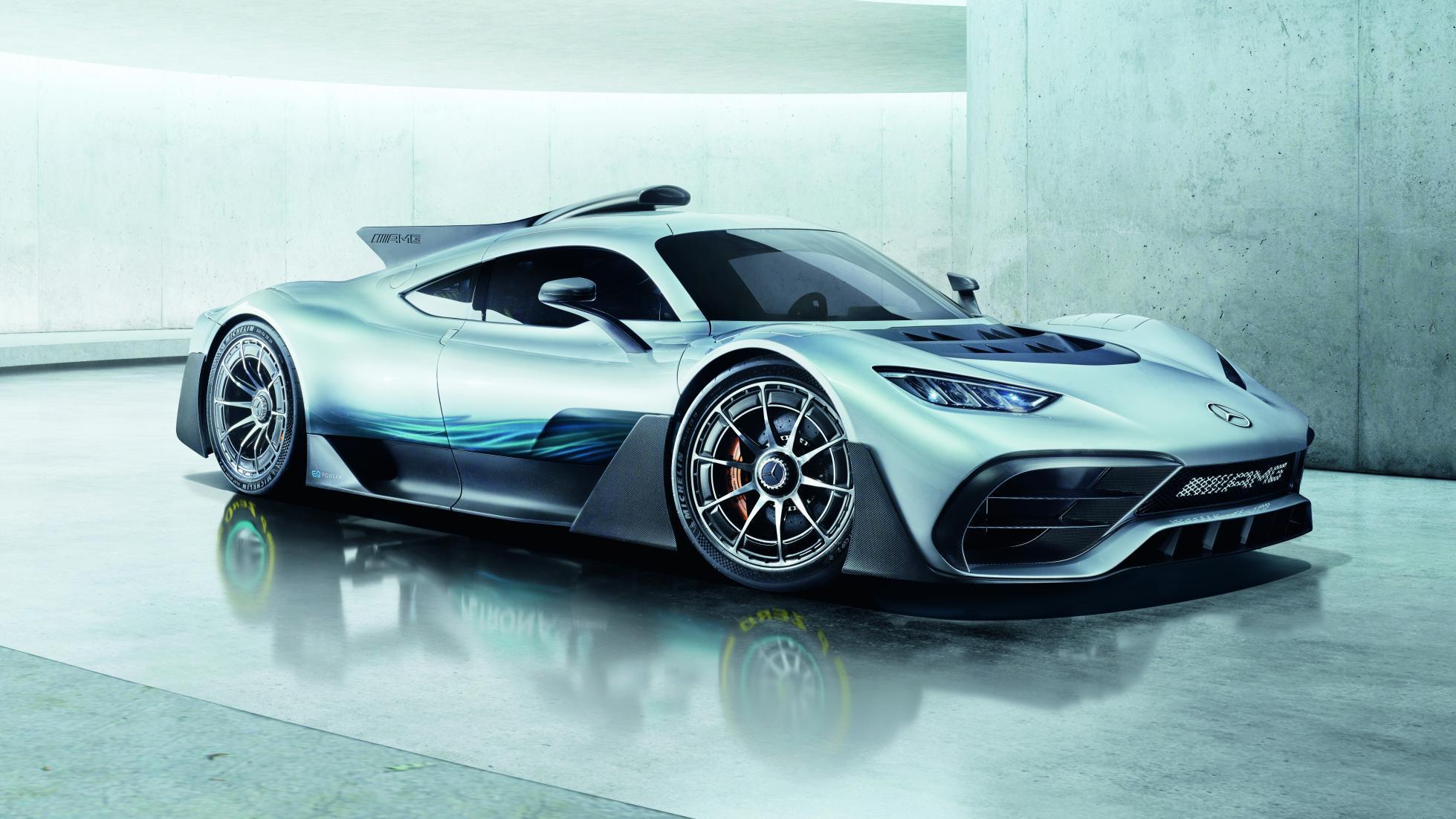
Mercedes-AMG One: £2.5m
An F1 car on the road. Hm, feels like we’ve rocketed down this particular road before, but we’ll play along. And, much like the Ferrari F50, Merc-AMG has made sure to base the One on a winning F1 car, and not a backmarker.
We feel that this could be slightly on the unnecessary side of things, given that any modern F1 car will figuratively demolish anything else on the road without even trying. It will also literally demolish anything on the road if it’s piloted by Pastor Maldonado. #neverforget #crashtor
But what should we expect from the Merc-AMG One? Well, Lewis Hamilton’s 2015 F1 car, modified and massaged into something that can be driven on public roads without causing deafness or a sudden and irretrievable interface with a telegraph pole.
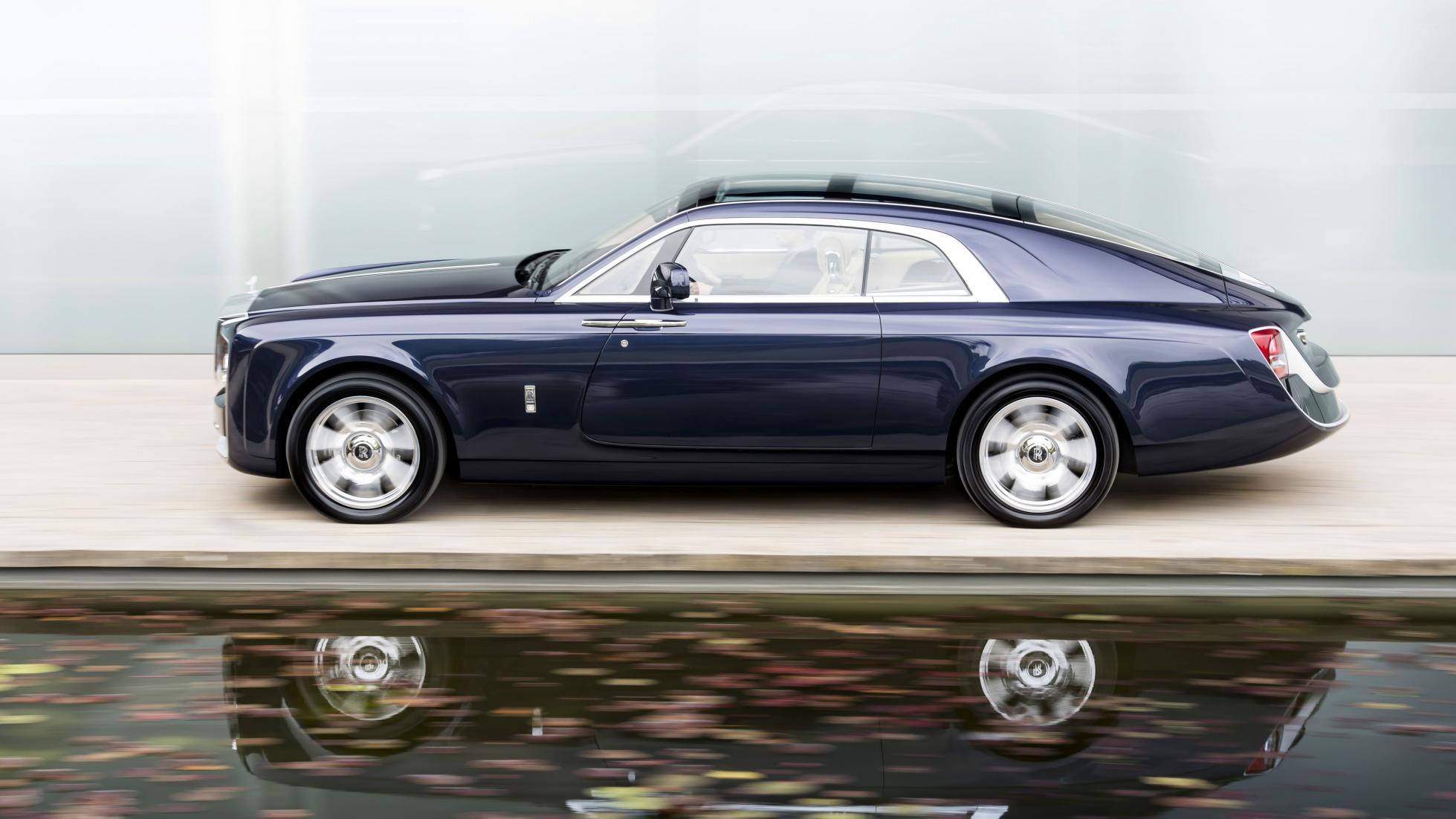
Rolls-Royce Sweptail: US$12.8m
So, we didn’t get all that far into the list before we got to the one-offs. But if you’re going to do it, it’s best to start as you mean to go on, no? Leave all that finish with a flourish stuff to… well, Rolls-Royce, it seems.
Because the Sweptail’s backside belongs in MoMA, not some rich bloke’s garage. And, before we cost ourselves a pound with any observations about said man or how he made his millions, let’s just take a breath, look at the perfectly nautical proportions, and promise ourselves not to feature many more one-offs. Because then we’d be here all year.
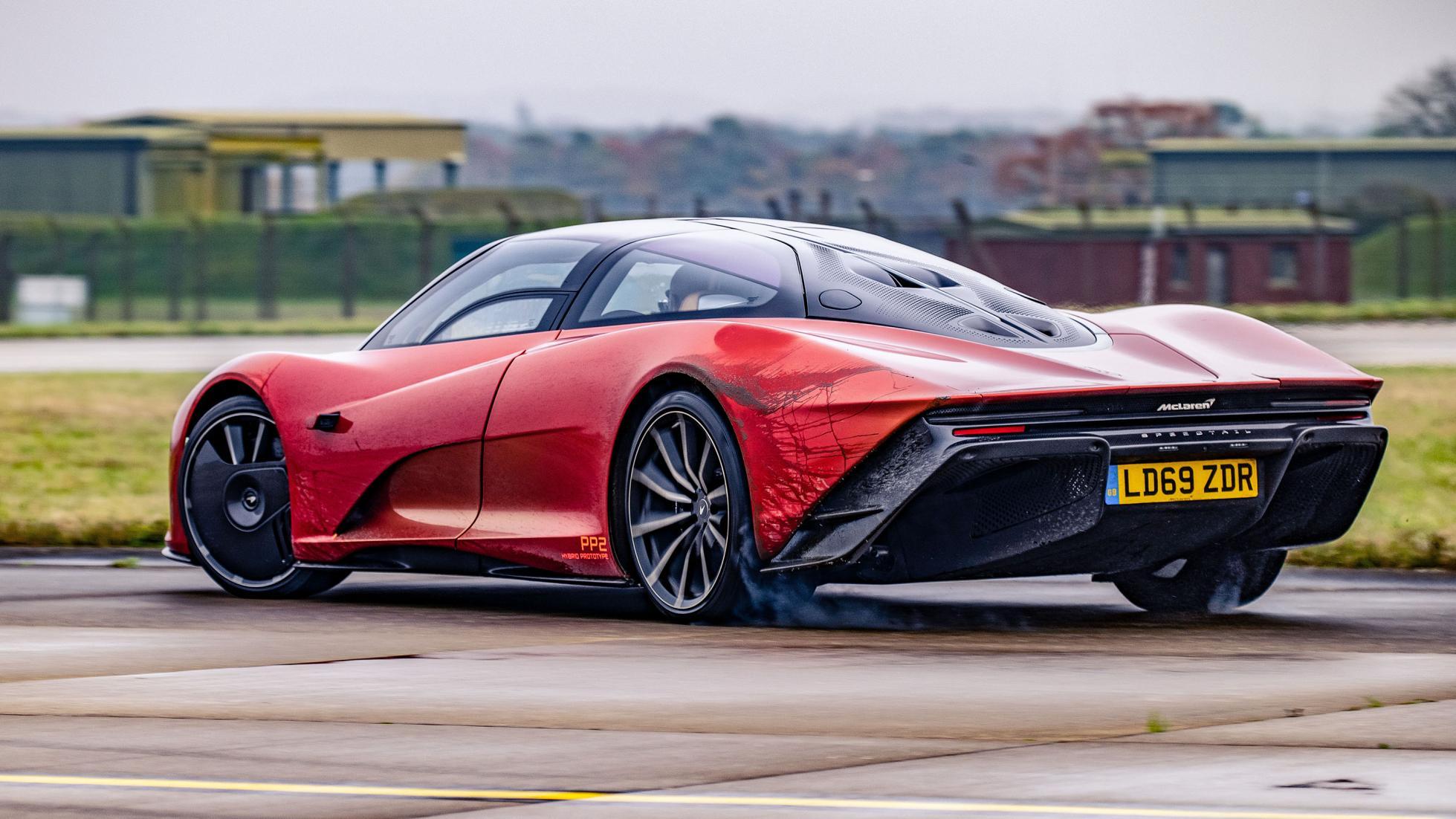
McLaren Speedtail: £1.75m
Getting your money’s worth is a difficult metric to scale up into hypercars. Can good value at a few or tens of thousands of pounds ever properly translate to more than most of us will make in a lifetime?
It’s kind of like asking if the Apollo missions were worth it. They cost about as much as anything ever has – more than £150 billion in inflation-adjusted money – and really only took a few people with crew cuts out to a place which is about as inhospitable as places get.
But, apart from missing the impact and scope of the Apollo program entirely, that’s exactly the point. When amounts get as large and inconceivable as £1.75 million, or indeed £150 billion, value for money becomes less about what you get for the money as opposed to what you’ve achieved.
The Apollo program got to the moon before those pesky Soviets and therefore won a major round in the gargantuan episode of tummysticks that was the Cold War. It also inspired generations and proved to humanity that earth was our home, not our prison and blah blah uplifting metaphors continue overleaf.
The Speedtail, on the other hand, proves that speed and hyper performance isn’t inextricably linked to vulgarity and wings that’d outdo the Wright Flyer. It also helpfully sends a very precise ‘up yours’ to everyone who accused the Senna of just those crimes.
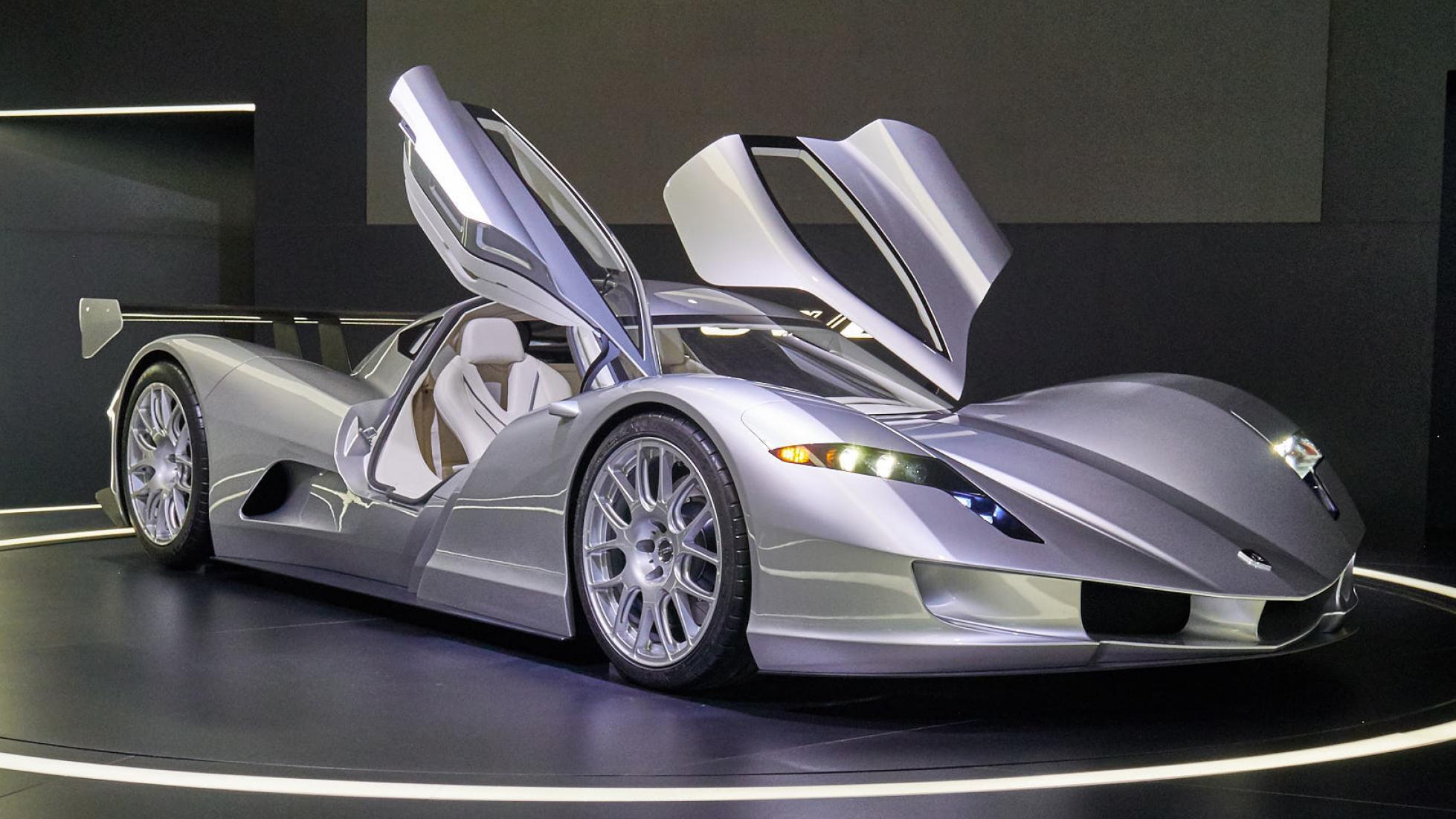
Aspark Owl: €2.9m
It stands less than a metre tall. It’s named after a nocturnal carnivorous bird. It looks like a cross between an art deco speed record car and one of the quote-unquote road cars based on a Group C racer.
And it, at least according to Aspark, has 2,010hp and can do 0–95km/h in 1.69 seconds, which makes it the fastest accelerating road car in the world. At least this week.
We’ve done 0-95 runs that took twice as long and still felt about as violent as American Psycho, so the concept of a 1.69-second thrash to the B-road legal limit is kind of like a teenager in a tattoo parlour – equal parts curiosity and outright fear.
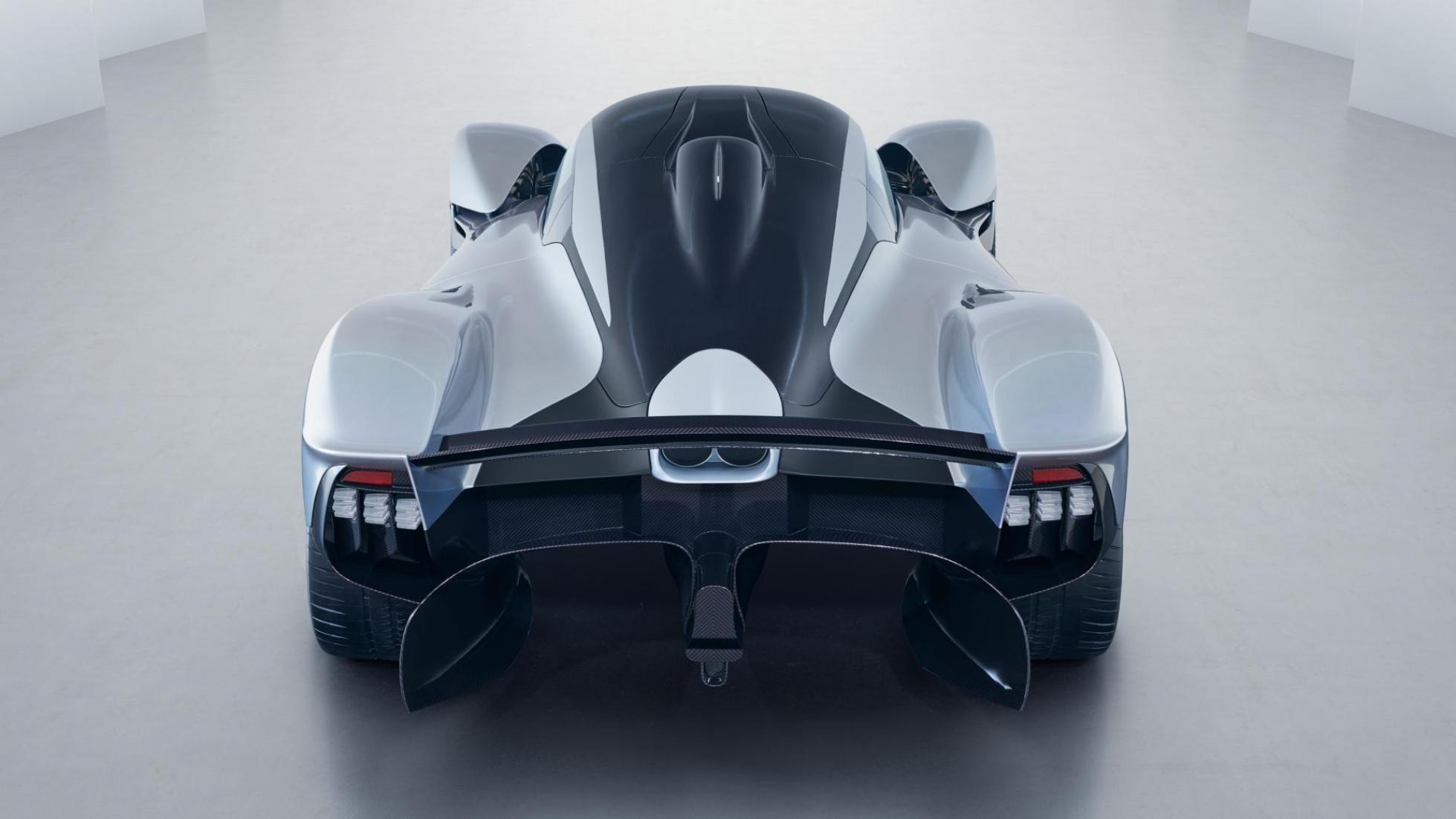
Aston Martin Valkyrie: £2.5m
If you’ve been reading about Aston Martin’s fortunes of late, you’ll know it’s a company that has spent a lifetime doing much the same thing – big plans, bailout, bombastic comeback.
And things don’t get a lot more bombastic than a mid-engined Aston designed by Adrian Newey and packing a Cosworth V12 with more power than the G7.
Oh, and in case you need a benchmark for the kind of performance the Valkyrie offers, Newey himself has said that the McLaren P1, LaFerrari and Porsche 918 were “big, clumsy and heavy”.
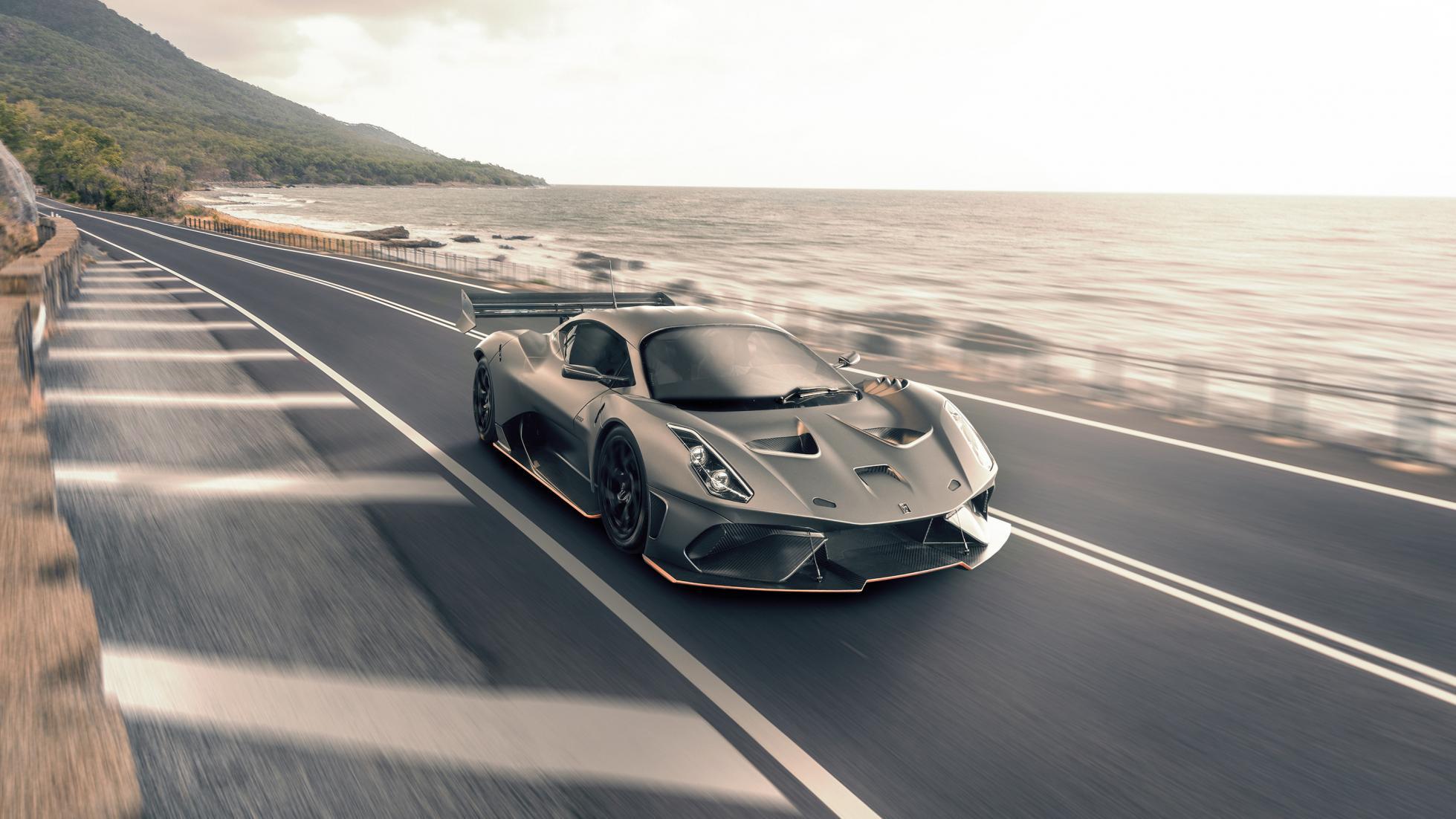
Brabham BT62: £1.15m
Remember Brabham? Of course you don’t; you’re young enough to know how to use the internet. So, for a quick recap, Jack Brabham was a very quick F1 driver back in the Fifties and Sixties, but also one hell of a talented engineer. Consider him like the Australian version of Bruce McLaren and you’re not far off.
Brabham set up his own team (which the observant among you will notice he named after himself) and went on to win the 1966 F1 world championship in his own car. No one has ever managed that feat besides Jack.
After Jack retired to Australia (well, retired is a strong word, considering he kept up with motorsport as an engine builder and much more besides), Brabham fell into the hands of Bernie Ecclestone. And we all know how that turned out: fan car, Piquet, Gordon Murray, much Machiavellian manoeuvring and the end of Brabham. And the beginning of Bernie, head of F1.
But now it’s back in the hands of an actual Brabham again, and things are looking good. They’re also looking very much like a race car with number plates. Which, of course, the BT62 absolutely is.
But the fact that it uses the same naming scheme as the BT52 – one of our favourite F1 cars ever – tells you all you need to know in that regard. And it sounds less clunky than when McLaren tried with the MP4-12C. Sorry, Ron.
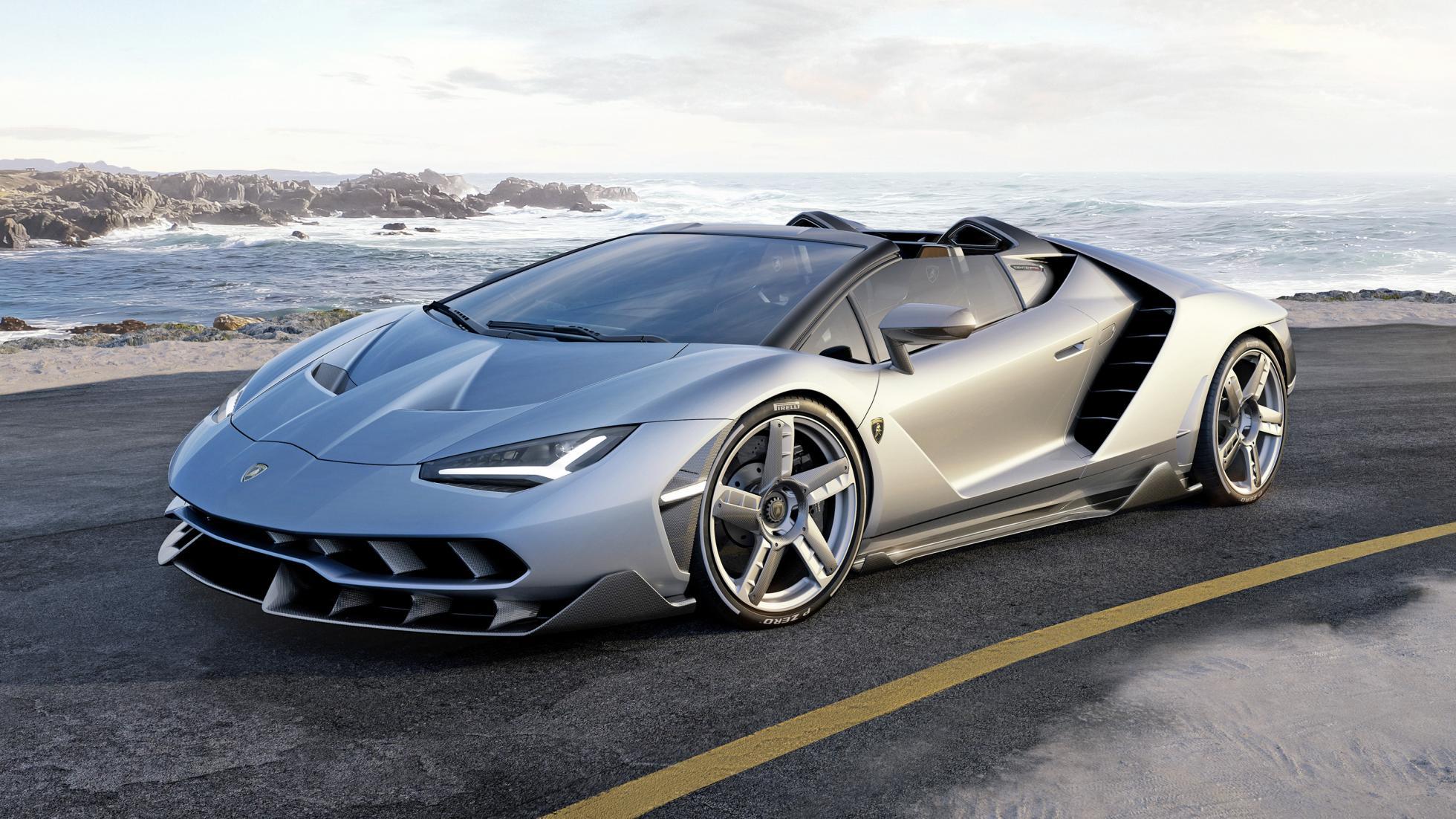
Lamborghini Centenario Roadster: £2m
Never mind the piffling £1.7m needed for a Centenario coupe; the Centenario Roadster attracts a nice round figure of £2m. Or rather, attracted. Yes, like so many cars on this list, they’re unavailable to the bulk of humanity not just due to their colossal prices but also their limited (and generally pre-sold) availability.
The Centenario Roadster is no different, with all 20 sold out by the time those not on a first-name basis with the muckety-mucks at Lambo had even found out about its existence. So it goes.
So what does the Centenario mean to Lamborghini? Well, for any strangers to Romance languages, it means centenary. But you could probably guess that part. You could also guess that it’s a centenary of Lambo being in business. You’d be off the mark there, unfortunately, as Lambo’s only been a concern for about half that time. That is, unless you’re reading this in 2063. And if so, hello! Sorry for breaking the planet.
The centenary in question is that of Lambo’s founder, Ferrucio Lamborghini, who would have been 100 in 2016.
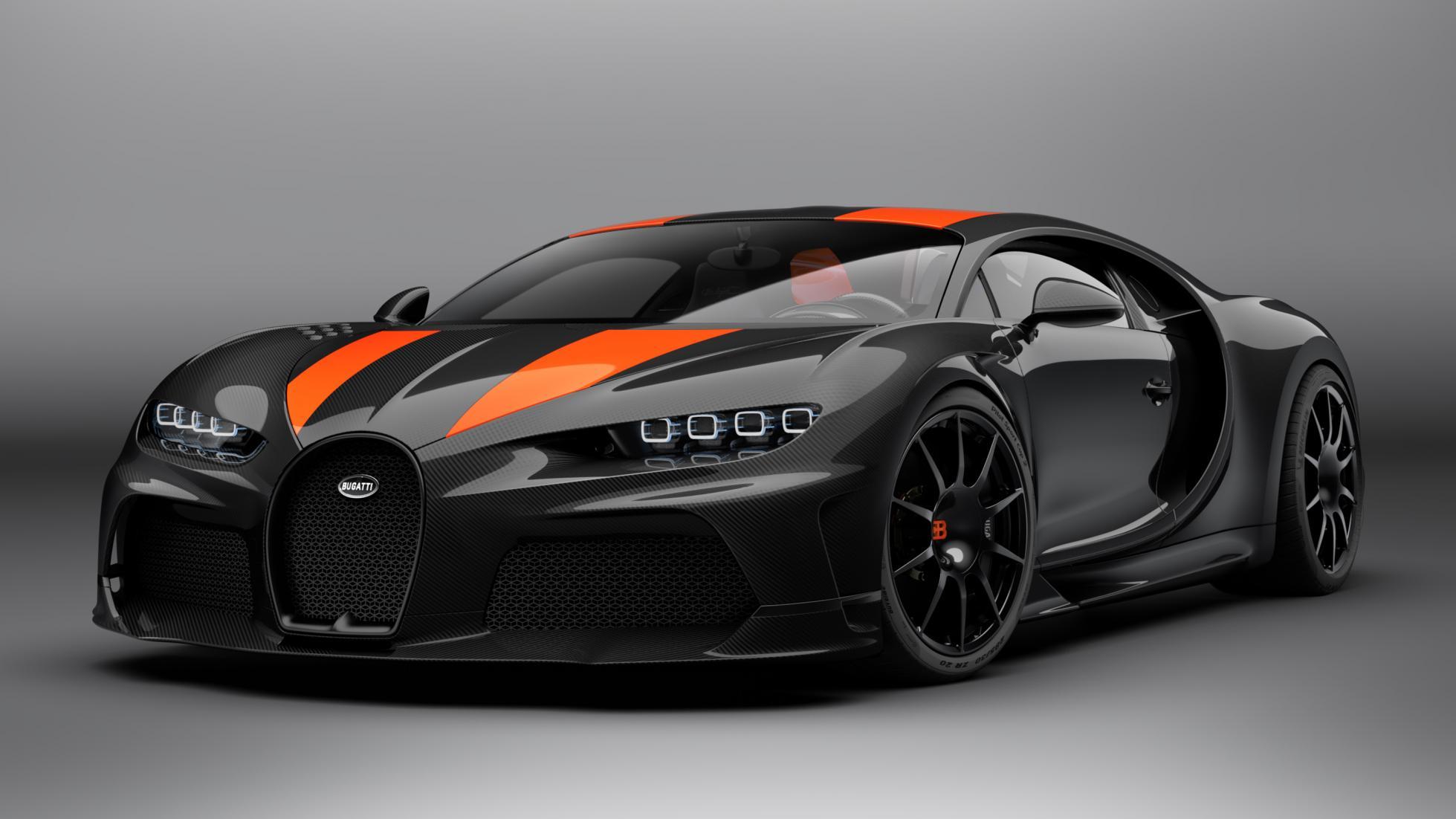
Bugatti Chiron Super Sport 300: £4.2m
Well, here it is, folks, the first road car that does 480km/h out of the box. And yes, any number of other manufacturers claim the same, but say they’re limited by opportunities / tyres / access to enough road to cover 134 metres every second. Bugatti, on the other hand, has access to all of these things. And an R&D budget that’d rival Batman’s.
And please don’t make us get the clicking fingers or football field metaphors out – 134 metres per second is 134 metres, covered in the amount of time helpfully and metrically measured in one second. It is also about 100 metres per second faster than you’re allowed to travel in England, in case you were curious.
But that’s a very joyless way of looking at things. And, as Germany’s autobahns have helpfully allowed us to discover first-hand (as well as some pretty potent machinery which was, funnily enough, also from Germany), travelling at speed can be exceptionally entertaining. Will any Chiron Super Sport 300 owners actually hit their car’s vmax? Probably not. Will they give even a fraction of a toss? That’s pretty unlikely too.
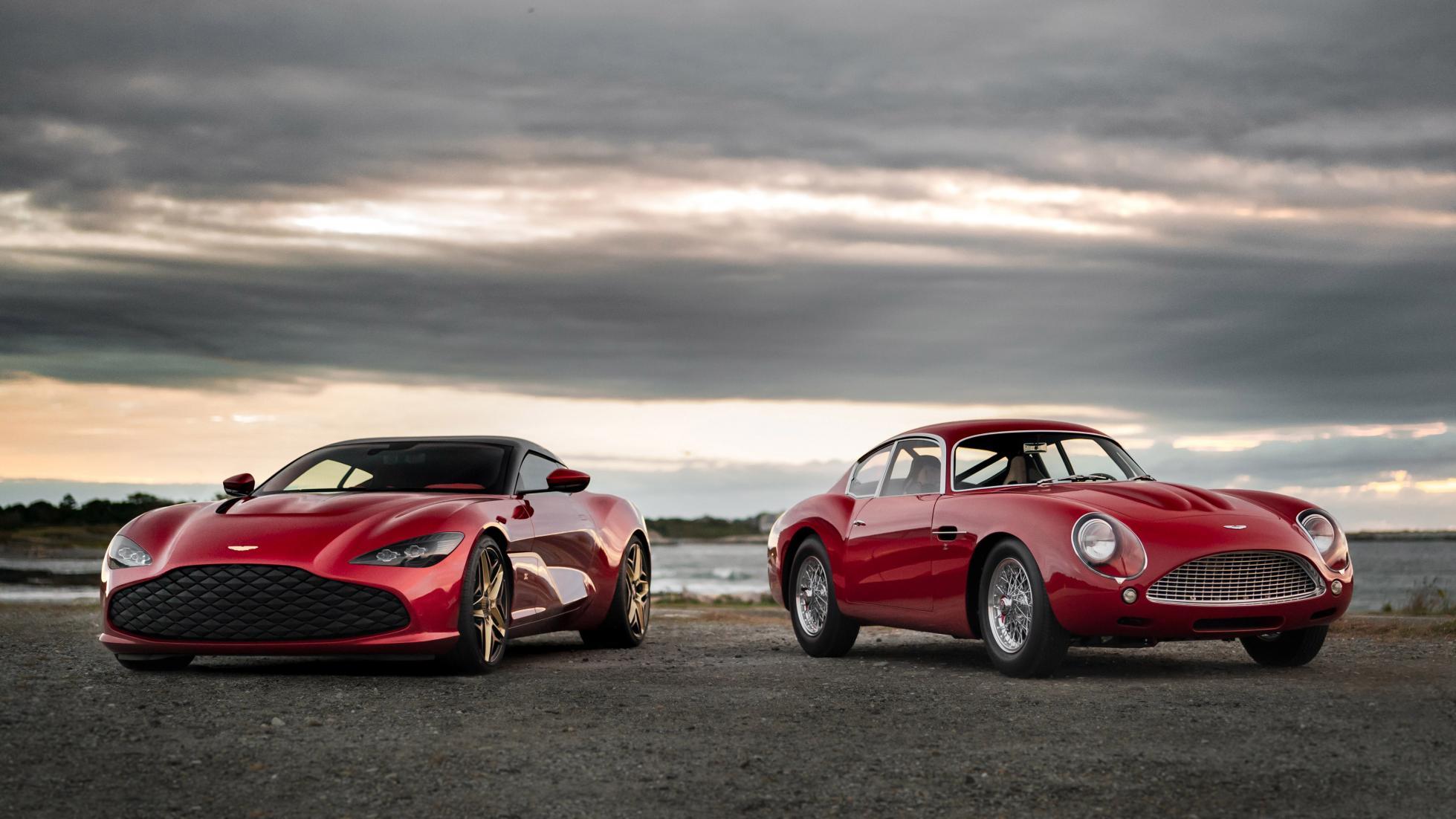
Aston Martin DBZ Centenary Edition: £6m
Of late, there’s been some properly pricey metal coming from Gaydon. Now that in itself isn’t entirely surprising to anyone with any experience of the name ‘Aston Martin’ and how it relates to those peculiar mechanical apparatuses that people get in and take around the place.
But most of the massive money Astons (as opposed to just your everyday turn-out-your-pockets variety) have been very much… motorsportish. Or is that motorsporty? In any case, they’ve been brutish track devourers like the Vulcan or featherweight, mid-engined solipsism mobiles (getting dangerously close to another pound in the jar there), designed and powered by F1 greats.
The DBZ Centenary edition is a little different. It’s also six million pounds. Well, technically, the Centenary Edition is two cars, which clearly makes six mil a comparative bargain. Also, one of these cars is a continuation of one of the best and most beautiful collaborations in history, so questions of money go straight out the window.
Either you have the money and you buy, or you don’t and you write about it for a car website instead. In any case, you appreciate the artistry, the pageantry – hell, the chemistry of race and road as they intertwine and dear god we’ve gone full Kevin McCloud help someone we can’t turn this off…
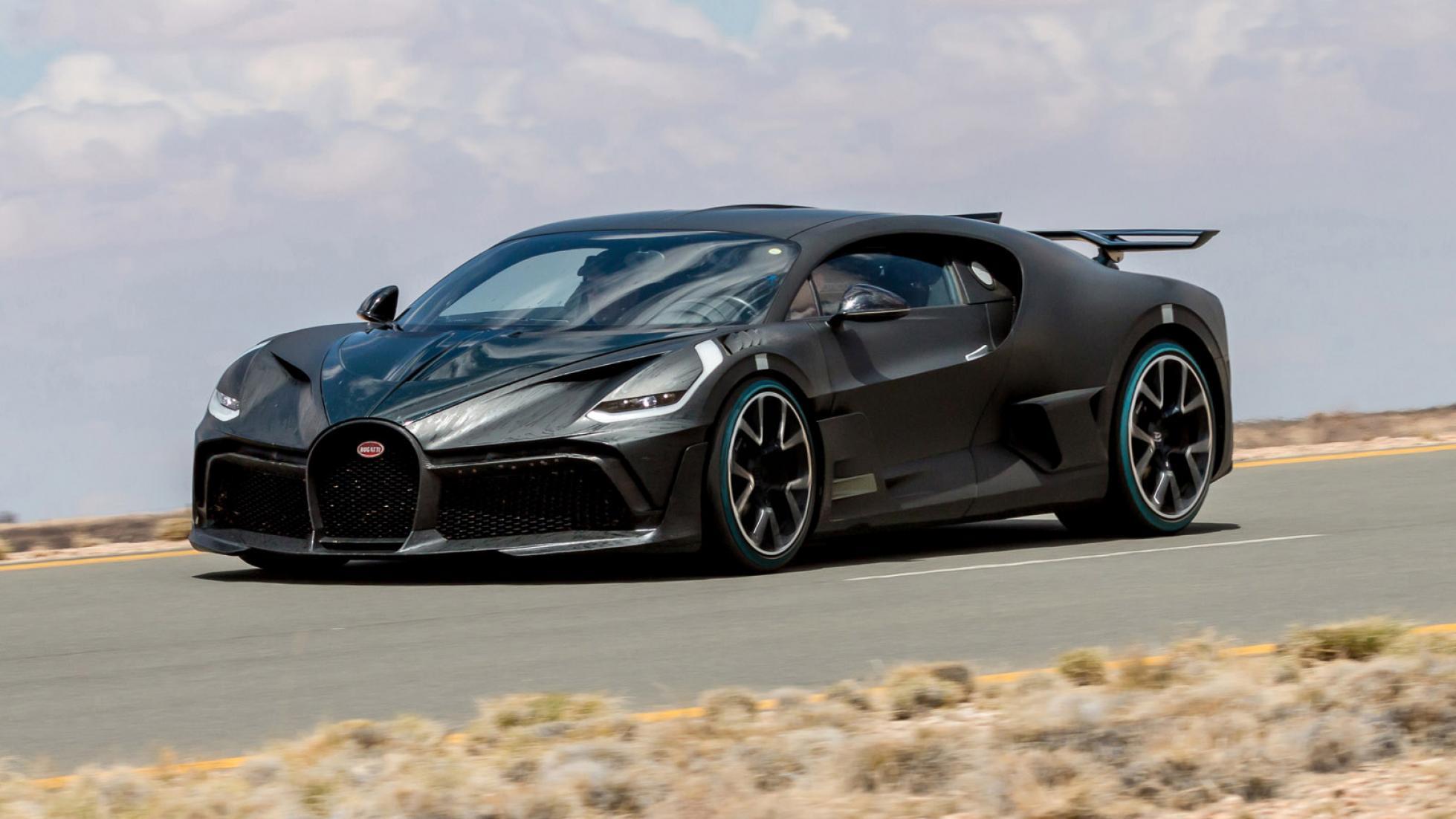
Bugatti Divo: €5m
OK, as well our pledge to not say anything about the hyper-minted, for fear of a dreaded pound in the jar, we’re going to try as hard as humanly possible not to draw any allusions between an obscenely fast, track-focused Bugatti and a band from the Seventies that wore silly hats and implored us to whip it good.
So, the Divo’s top speed is down from the Chiron’s 420km/h to a frankly paltry 380km/h, or basically walking speed. Are we not men? Er, sorry. For the Divo, weight is down, spring rates are up and the whole thing is set up to contort your face like Jim Carrey’s when you pile through a corner at a decent chunk of the speed of sound.
While the thought of such contortions aren’t our cup of tea, we’re all for the freedom of choice. Damnit. Sorry again.
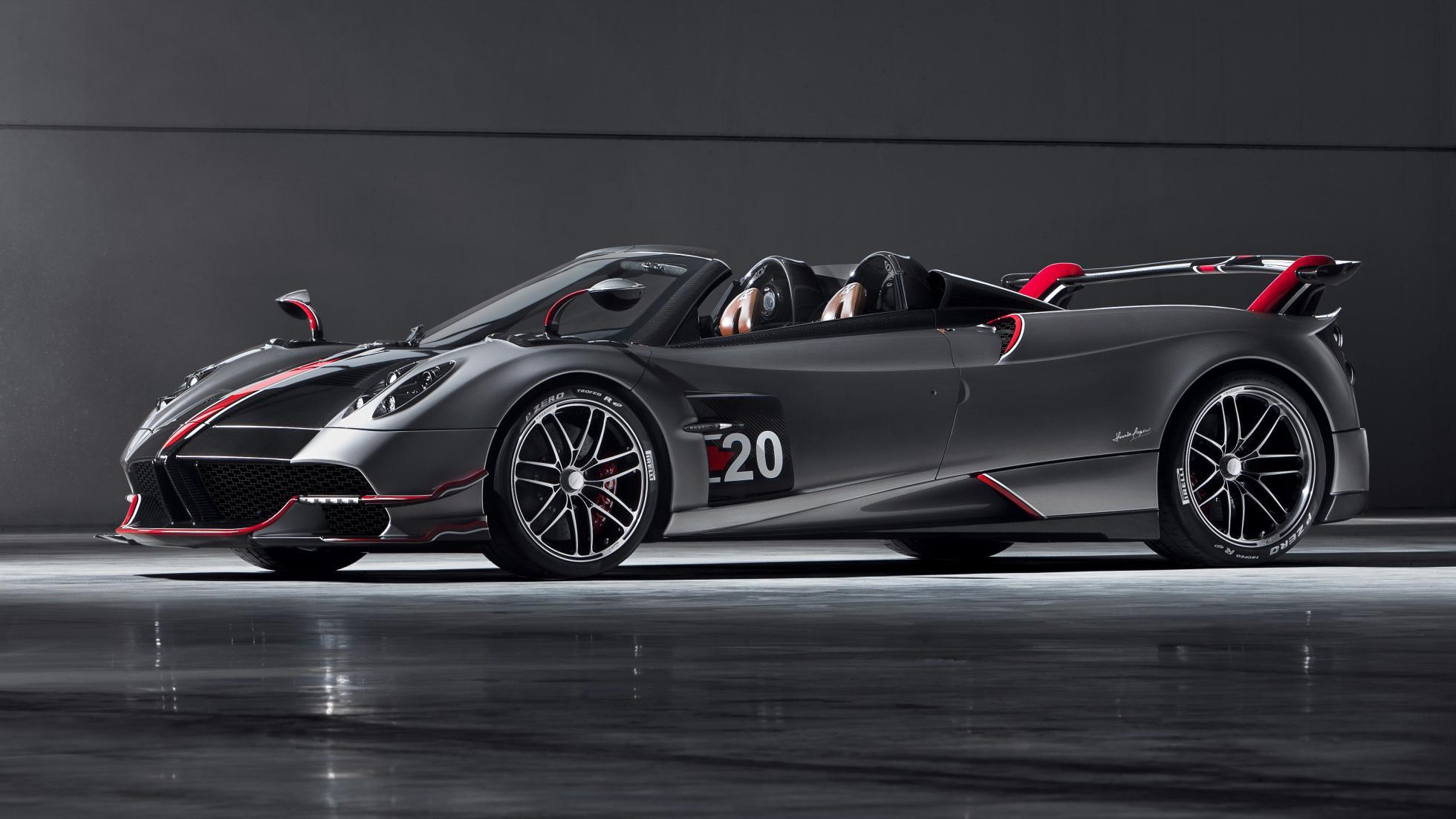
Pagani Huayra BC Roadster: £3.7m
OK, it might look just like the Huayras that have come before it – although, as the eagle-eyed among you may have noticed, it is sans roof – but the BC Roadster is a huge change from the old guard.
The 6.0-litre, twin-turbo V12 is now made by Mercedes exclusively for Pagani, after Mercedes stopped using V12s themselves. The fact that Merc still makes amazing V12s but doesn’t use them is, we feel, both heartening and disheartening at the same time. But that’s a discussion for another time.
The Pagani-only V12 makes a very suitable amount of power, too – 800hp for power and 1050Nm for torque. And when we say ‘suitable’, we mean ‘just the right side of complete madness, considering the damn thing weighs 1250kg’. And now you see where your money goes.
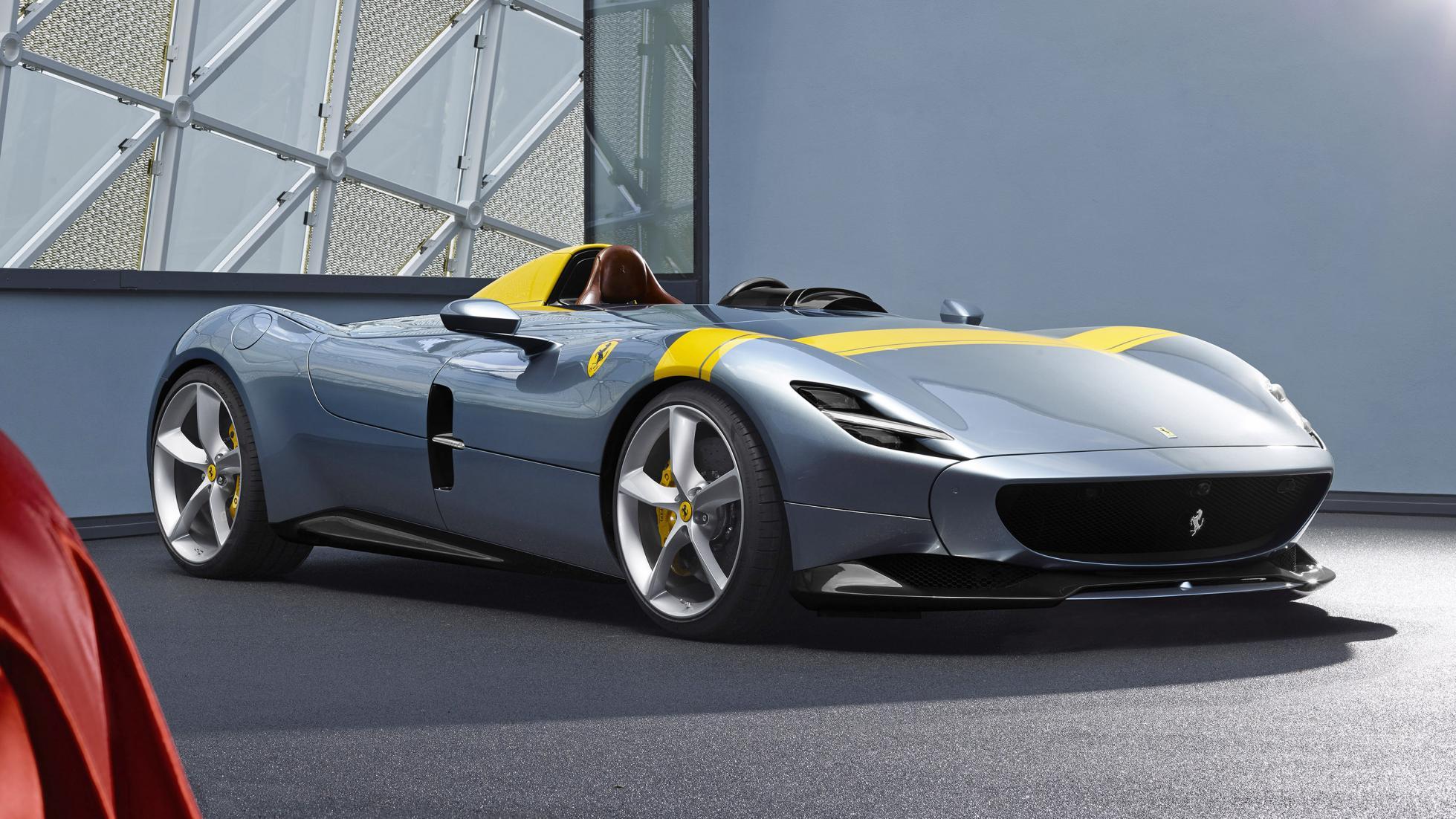
Ferrari Monza SP1: £1.6m
Ferrari’s a bit of a tricky one. Let’s say you want a brand-spanking one-off from the Special Projects department and you’re flush with cash. Well, it’s not just as easy as placing a call to Maranello.
You’ve got to be on very good terms with the right people. And it certainly helps to have bought… ooh, let’s say a stable’s worth of Ferraris in the past. Yeah, we know. We’ll see ourselves out.
And so you’ll be entirely unsurprised to find that the Monza SP1 is sold out. But let’s not kid ourselves; neither you nor we penniless keyboard warriors were really in with a shot, even if build slots were still open. Be sure to blame your dad for not being a Rockefeller when next you see him. Or, y’know, don’t.
What you can do, if you only have a four-bedder in Notting Hill as opposed to a six-bedder in Holland Park (Yay! Super-specific London references), is to buy a ‘standard’ Ferrari 812, which is one of the prettiest Ferrari GTs in recent memory. And relish the fact that you’ve saved yourself £1.4m. And also the prospect of hyper-headbutting a wren at 240km/h.
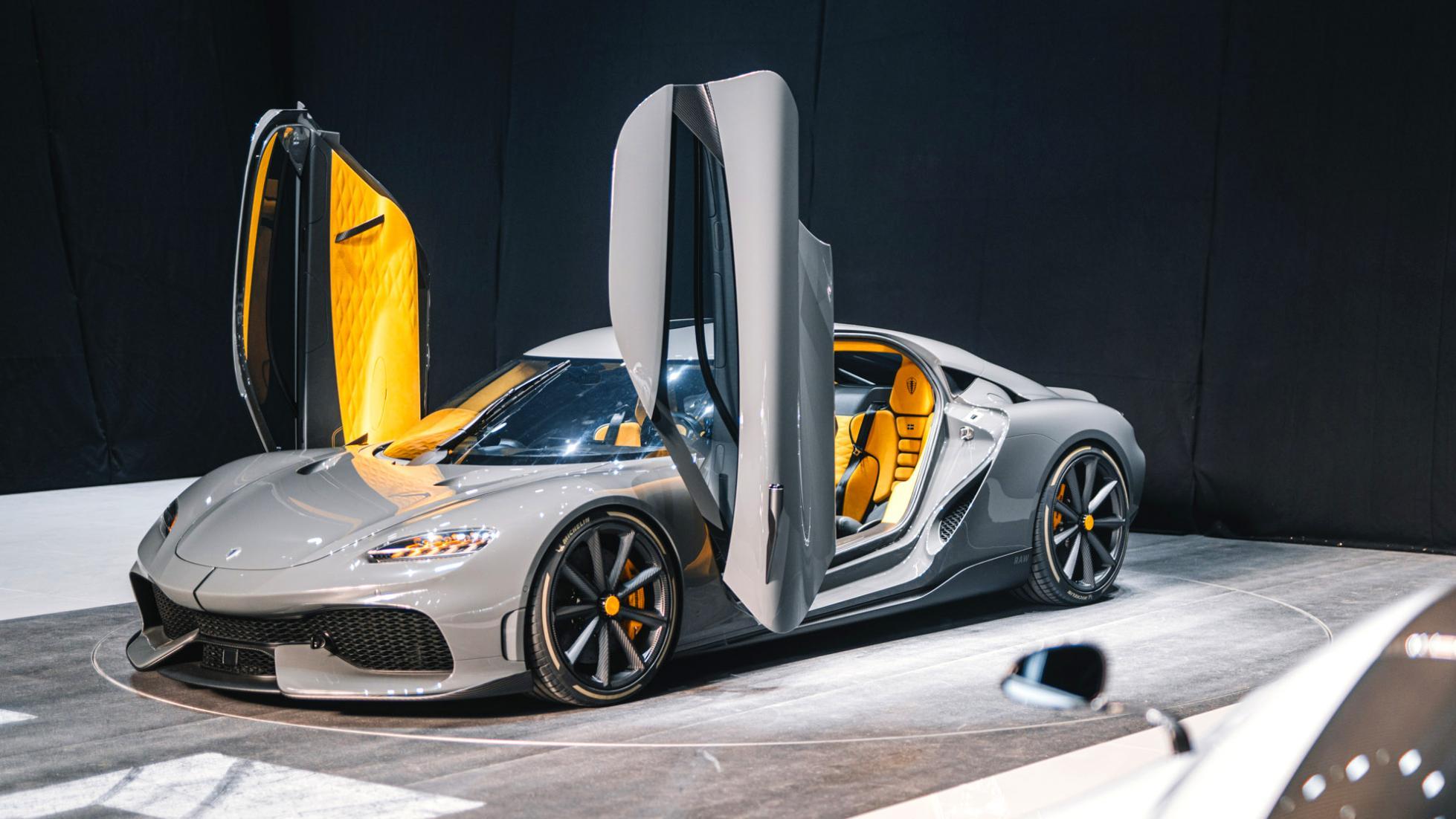
Koenigsegg Gemera: €1.7m
Could this be the most brain-bending supercar of all time? Early odds certainly favour it. It has a 2.0-litre, three-cylinder engine with zero camshafts, 600hp and 600Nm. This is seated in a rear-mid-engine position, where it drives… the front wheels. Right.
There are then three electric motors driving the crankshaft and rear wheels, for a total of 1,700hp and, somehow, more than 3,390Nm. And it’s also a four-seat car with room in the back for regular-sized adults. Does anyone else get the impression that Christian von Koenigsegg colours outside the lines of logic?
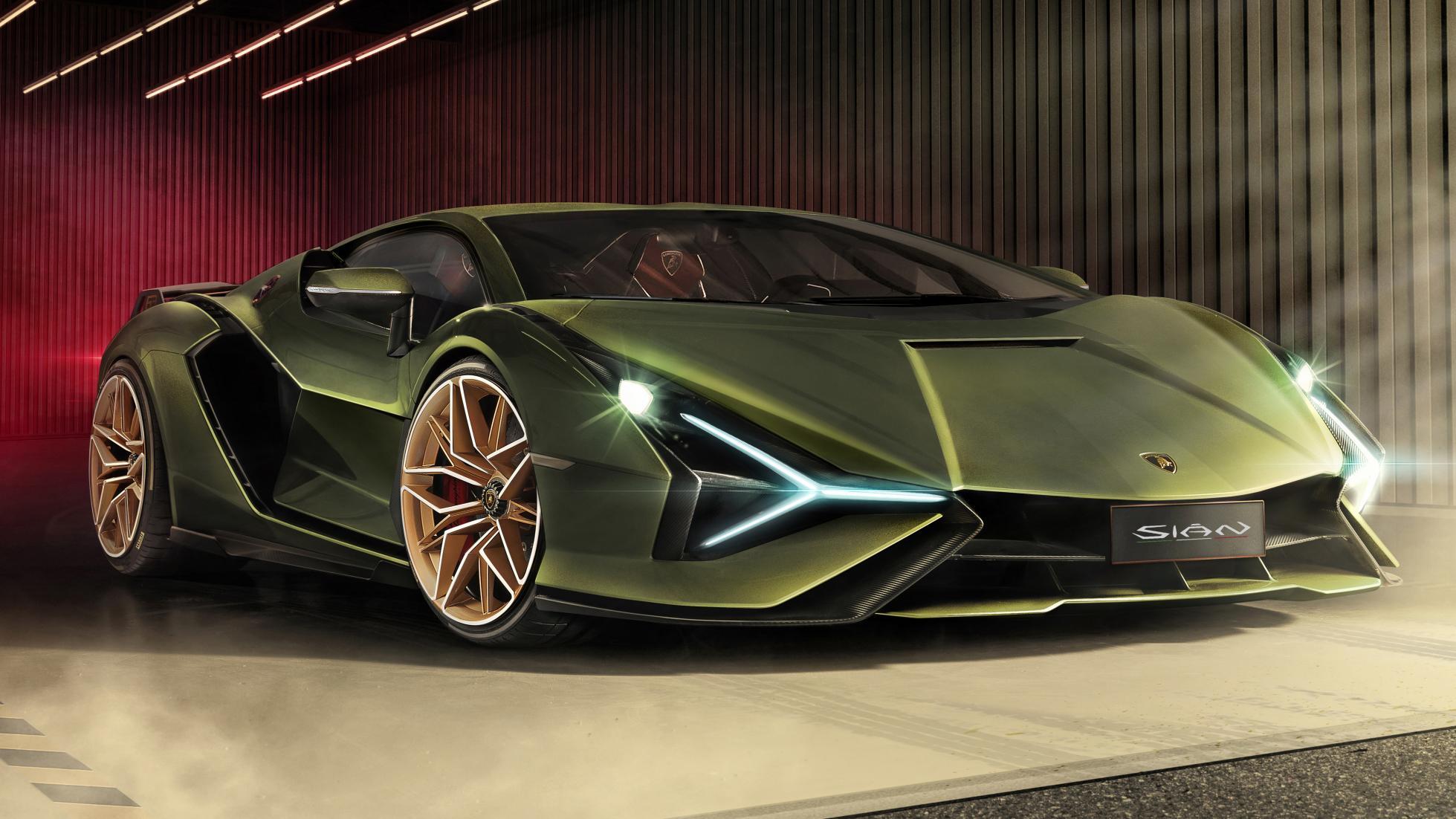
Lamborghini Siån: £3m approx
Before you ask, it’s ‘shaan’. And, in case you were curious, it’s what Lamborghini’s locals call a bolt of lightning. This is a good fit for many Lamborghinis, being the fairly quick pieces of kit they tend to be.
But it goes further with the Siån; its brace of supercapacitors and electric motors coming to the aid of Lambo’s rather excellent 6.5-litre V12. Yes indeed, we’re talking about a hybrid Lamborghini, a phrase once considered along the lines of fat-free lard and disease-free cruise ship.
But when the result is 800-odd horsepower and torque-fill between gearshifts, we’ll take any more antonyms that Lambo sees fit to bestow. And we’ll take up any invitation Lambo offers to ride the lightning. Yeah, we’ll get our coat.
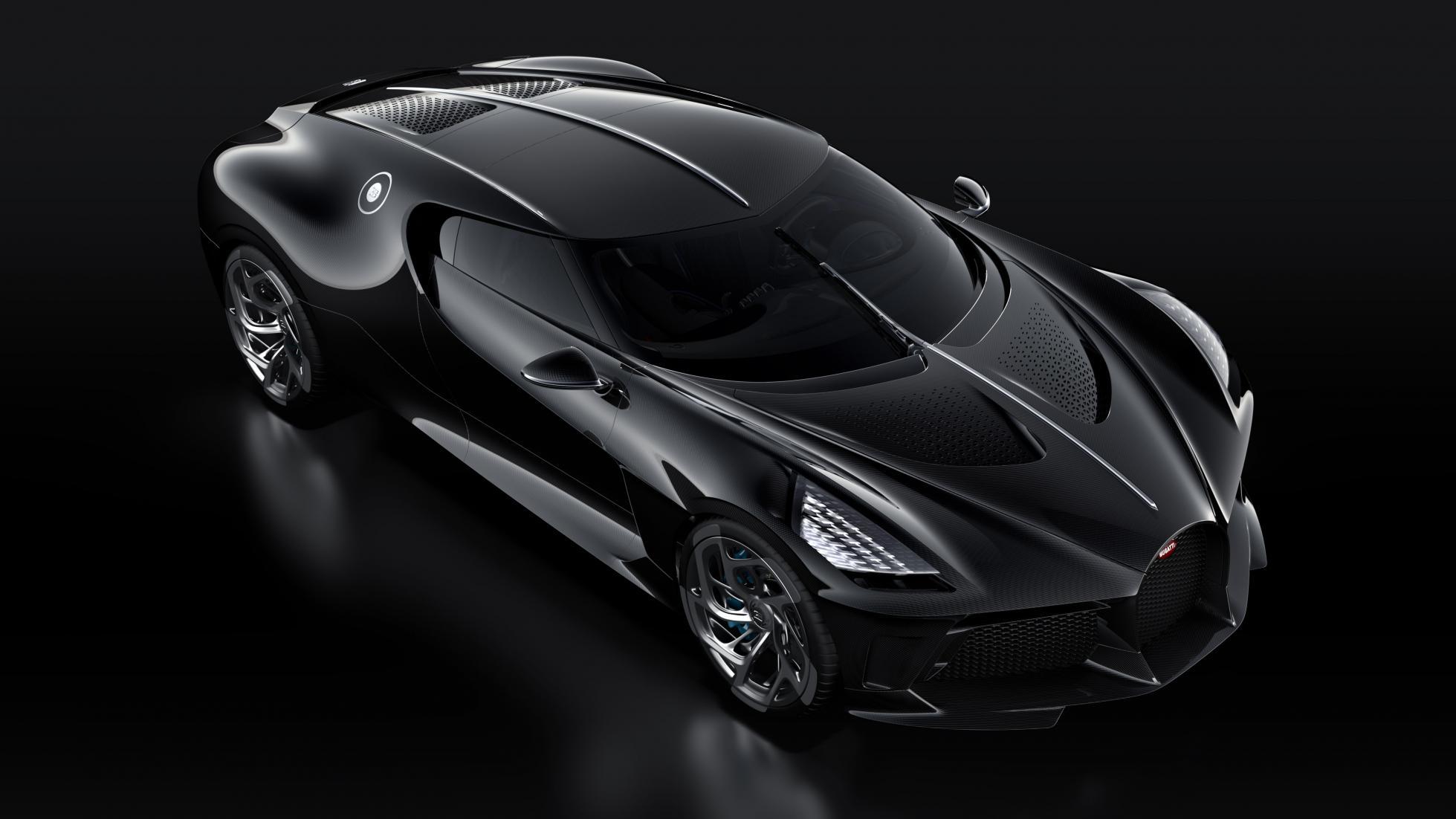
Bugatti La Voiture Noire: £12m
Hey, fellow English-and-nothing-else speakers, have you noticed how everything sounds better in languages from other countries?
Why say oversteer, for instance, when you can say survirage? Why rejoice in another’s misfortune when you can experience schadenfreude? And why say savoury when you can say umami?
OK, you will sound like a Masterchef-wannabe berk with that one. Call it the exception that proves the rule.
But what about La Voiture Noire? Well, if we were to translate into our entirely lyricless language, the object in question would be The Black Car. Mm. Call it lost in translation.
Unfortunately, there’s nothing lost in the price. It doesn’t matter if you measure it in pounds, euro or drachmas – La Voiture Noire costs at least twelve million of the things.
Fun fact: if this car was on sale in the days before Greece transitioned to the euro, The Black Car would cost more than four billion drachmas. See? Everything sounds more impressive when it uses the lingo from another country.
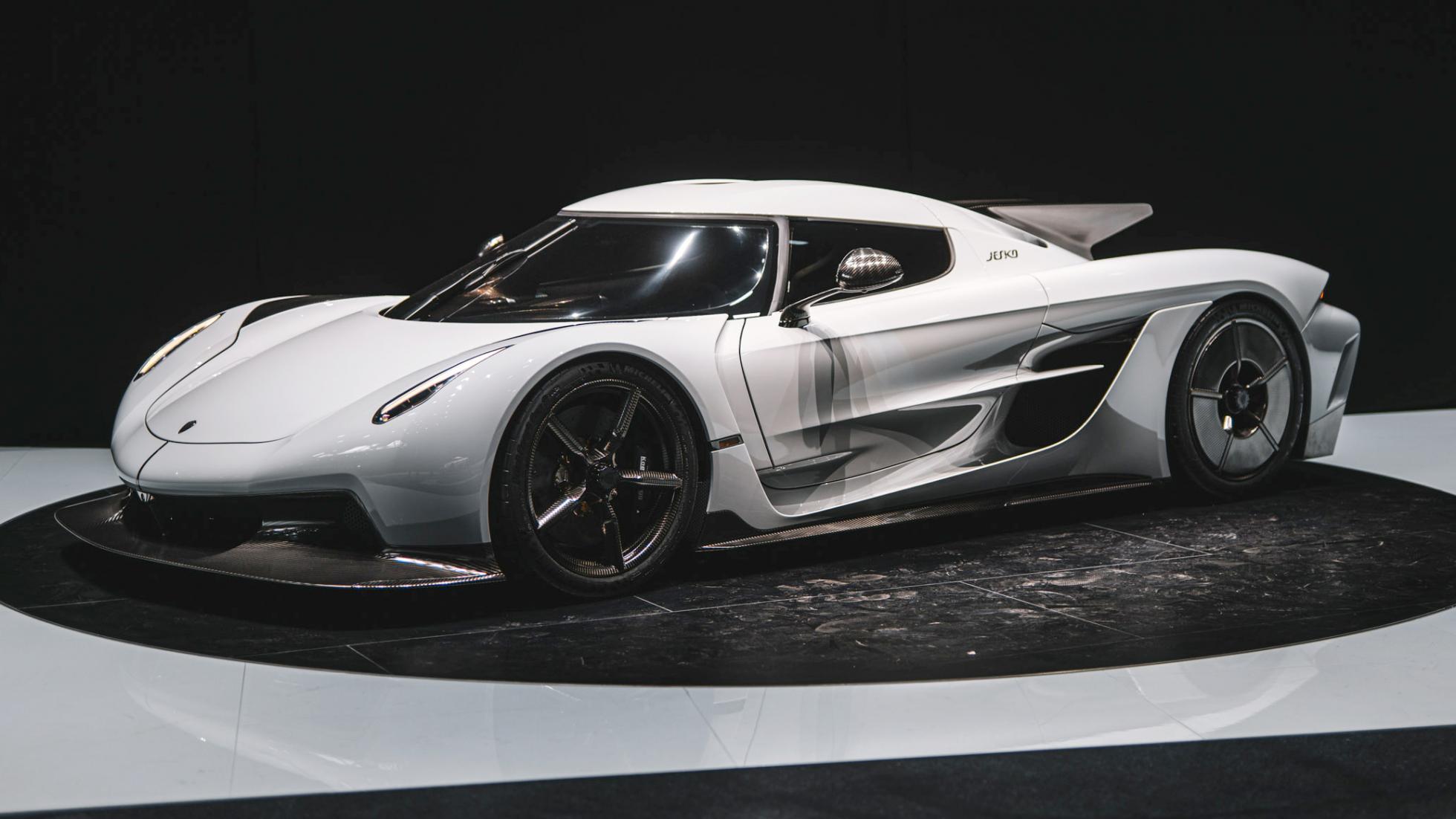
Koenigsegg Jesko Absolut: more than £3m
Once, when we were younger, we took one of Dad’s handkerchiefs and a permanent marker and wrote a nice message on it telling him we loved him.
On the other hand, Christian von Koenigsegg made his dad a 1600hp hypercar that can probably do more than 500km/h. Not that we feel overshadowed or anything.
The ‘regular’ Jesko (if ever a word so limiting can be applied to something like a Koenigsegg) won’t crack the quintuple metric tonne, due to its downforce-heavy aero (geddit? Downforce heavy?
Wow, we really have spent too much time indoors). The slipperier Jesko Absolut, on the other hand – tyres, space and brave pills permitting – apparently will.
Next year, we could probably swing a few liquorice allsorts for Dad. That’s nearly as good, right?
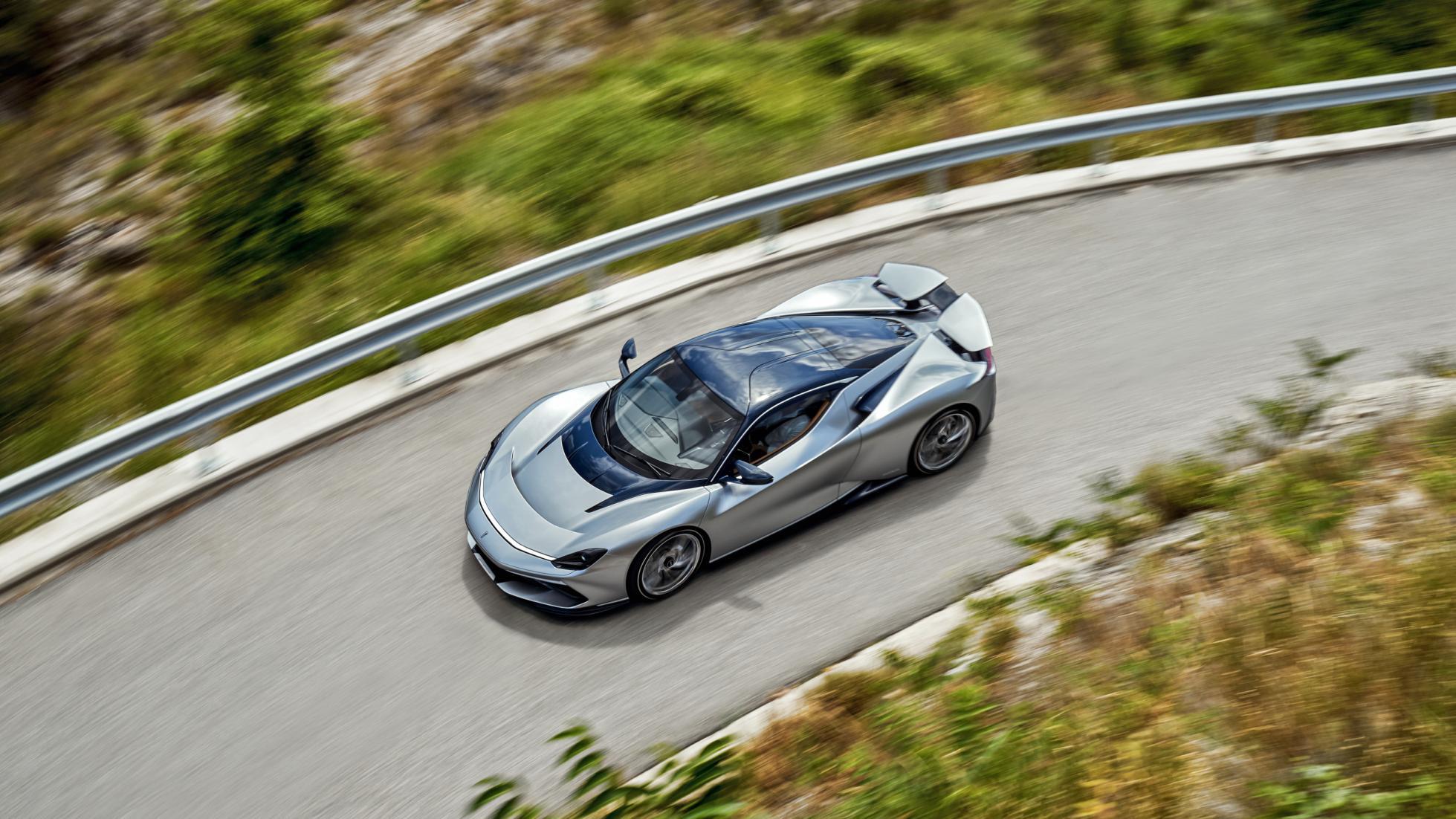
Pininfarina Battista: €2.6m (for the Anniversario edition)
Yes, beauty is in the eye of the beholder. And it’s true – in matters of taste, there can be no dispute. But for whatever reason (likely many doppio espressi over at Pininfarina and, y’know, oodles of talent), the Pininfarina Battista is one of the most beautiful modern cars we can think of.
It’s powered by the same absurdly powerful battery and motor setup that sits under the C_Two, yet pips its Croatian supplier with styling that befits Ferrari’s erstwhile styling gurus and leaves you about as breathless as its 1900hp ought to.
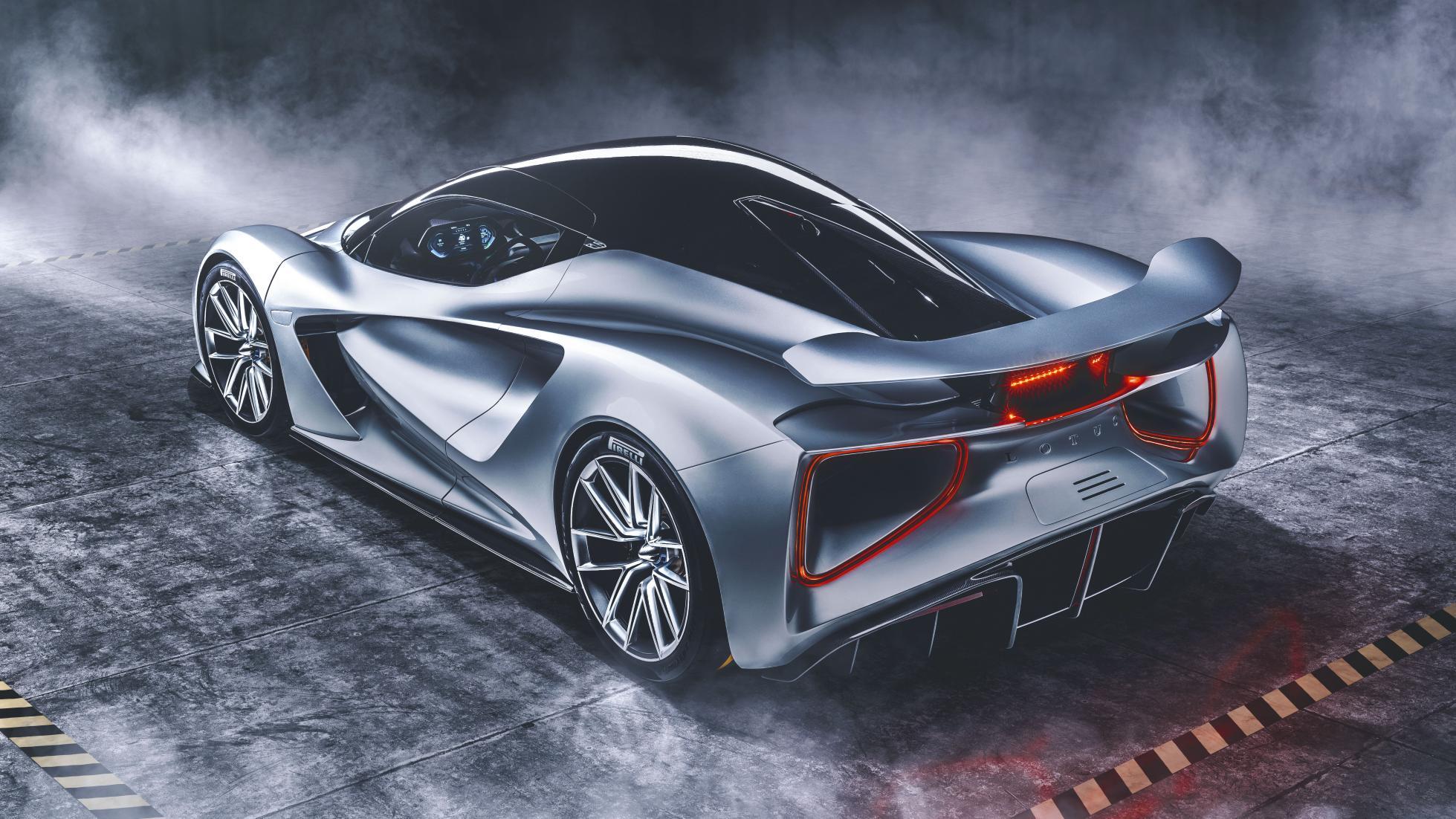
Lotus Evija: £2m
For just one car company, Lotus sure has played a lot of roles over the years – seven-time F1 champion, broke little English company, General Motors’ favoured tuning arm, failed Le Mans entrants, plucky maker of little (yet wonderful) sportscars, badge stuck to the back of otherwise irredeemable Protons… and now, a maker of £2m, all-electric hypercars that look gorgeous and promise to go so quickly that even stink itself scratches its head and wonders how it was so thoroughly bested.
But when there’s 2,000hp available, however, it’s a wonder that light can keep up, to say nothing of smell. The new EV architecture means Lotus can play with the form of the Evija and create shapes that make our innards go all funny, especially when we see the huge aero tunnels at the back.
So now Lotus has a new role: intestinal discombobulater. And that’s just from looking at it.
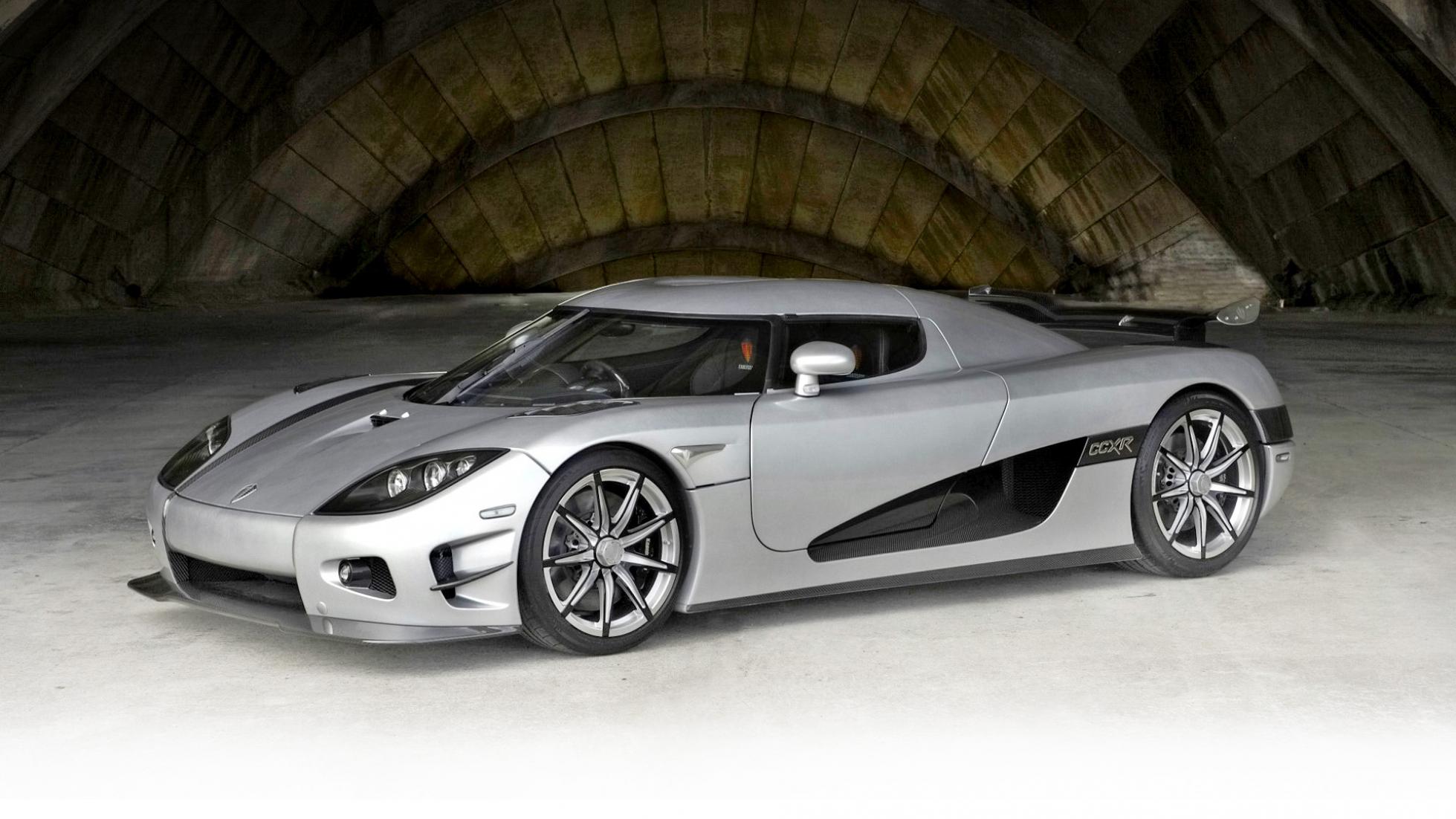
Koenigsegg Trevita: US$2.2m
As much as it may sound like a breakfast biscuit, the Trevita is, in fact, a very fast Koenigsegg. It is also one of the most limited-edition Koenigseggs ever built. And this is from a company that doesn’t exactly churn the things out, so you know you’re getting a fairly rare beast.
And the Trevita’s claim to fame – apart from being a heroically quick supercar that sounds kind of like the breakfast you have when you’ve officially given up on life – is that it’s made from white carbon fibre.
Yep, white carbonfibre, a material so tricky and expensive to make and use that even Christian von Koenigsegg and his team of carbonfibre geniuses decided that the original plan of building three was actually better off thrown in the too-hard basket, and stopped at two.
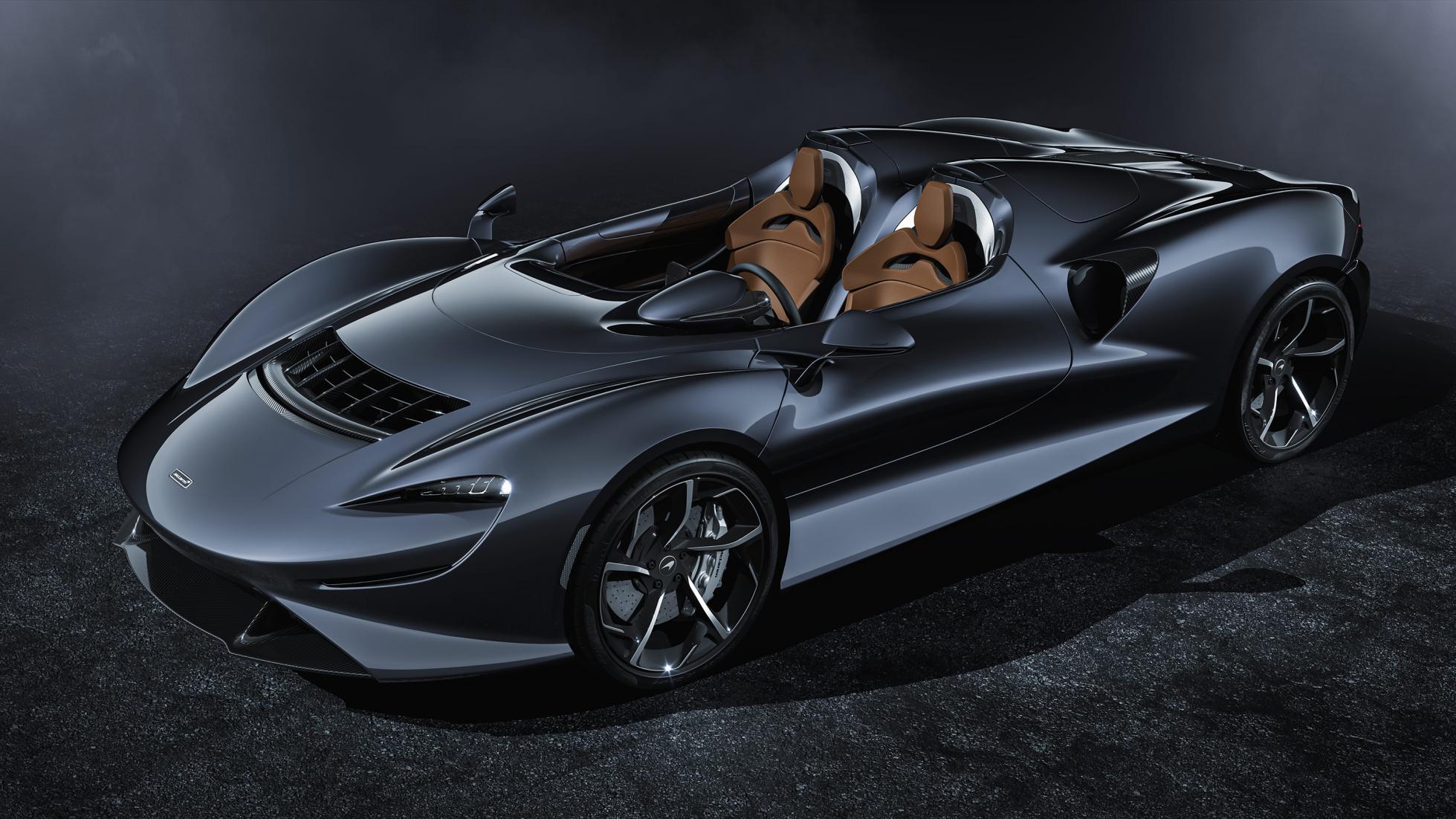
McLaren Elva: £1.4m
Can we just stop and appreciate for a second that McLaren’s turbo V8 makes 815hp? Yeah, it’s gone up by two tenths of a litre from the original 3.8-litre that powered the MP4-12C Appendix J Subsection IV Clause a), but now the same basic engine is capable of more than eight hundred horsepower?
Better yet, McLaren has also figured out that cars that sell to the public need to be named differently from cars that race around F1 circuits, too. What a difference a decade makes, no?
It must also be said that the Elva is a pretty little ditty, isn’t it? And, at least in this company, it seems almost parsimoniously priced. It isn’t, of course, but it’s amazing what context can give you. Yes, it’s about 70 Fiesta STs’ worth of money, but it’s also half as much as a Jesko Absolut and just a tenth of a Zonda HP Barchetta. Bargain, guv’nor!
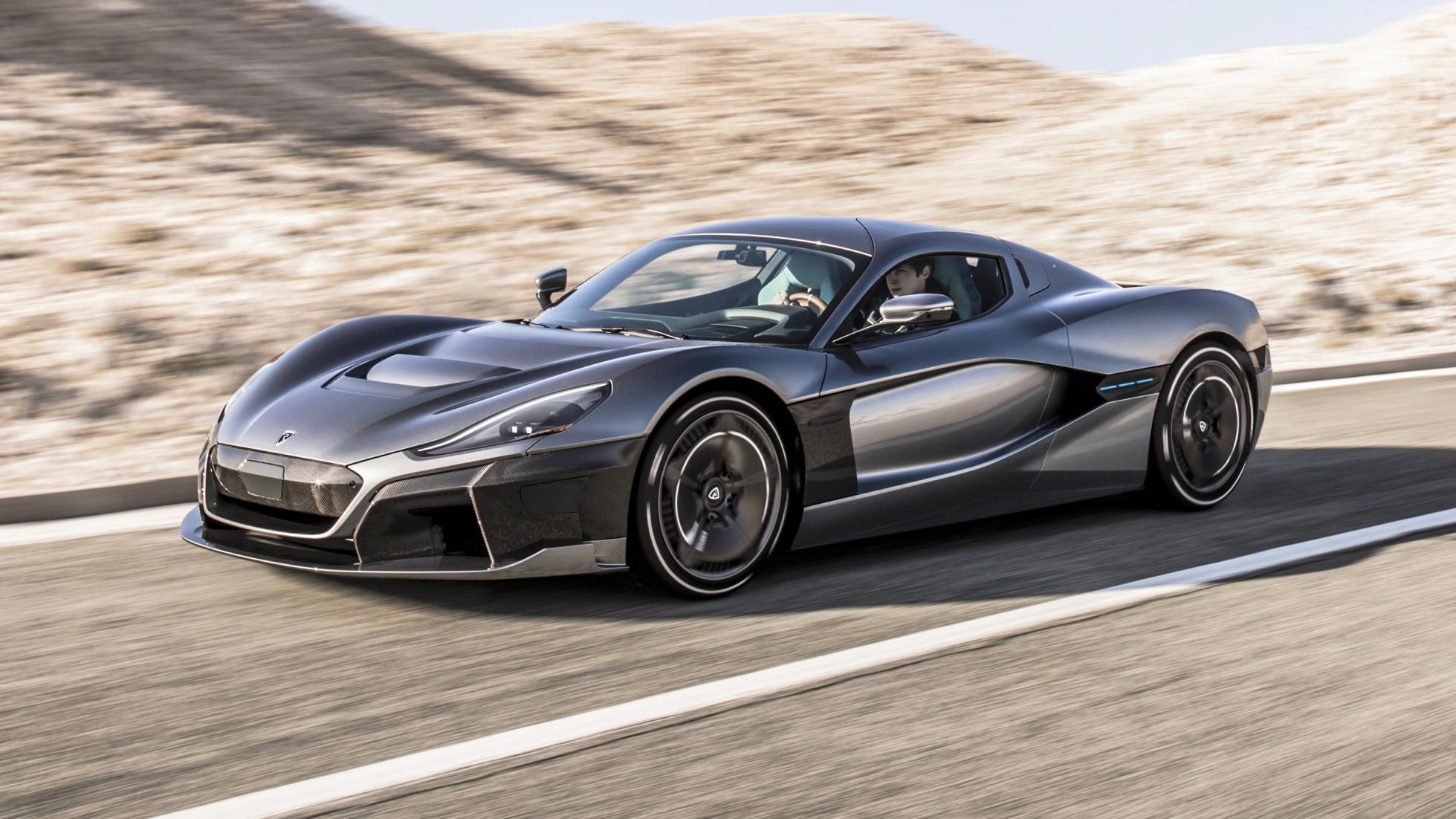
Rimac C_Two: €2m
What can we say about the Rimac C_Two that doesn’t immediately acknowledge the 1,887bhp elephant in the room? That is just a colossal, broadly unimaginable amount of power.
It is also drawn, not from flame and reciprocating motion and grease and steel, but batteries and magnets and stators. Yep, we’re witnessing the arrival of the electric hypercar.
And it’s not like the C_Two arrives without company. Or should that be competition? A brace of old names like Lotus and Pininfarina are joining the new school like Rimac, Aspark, Tesla and Ariel in bringing super-duper EVs to… well, we were going to say market, but that feels a little broad for the kind of clientele these cars will attract.
And, spurred on by the likes of Rimac, companies are emerging as if from the flux, offering up their own monumentally quick battery-powered missiles. Or at least very pretty drawings with lots of promises thereof.
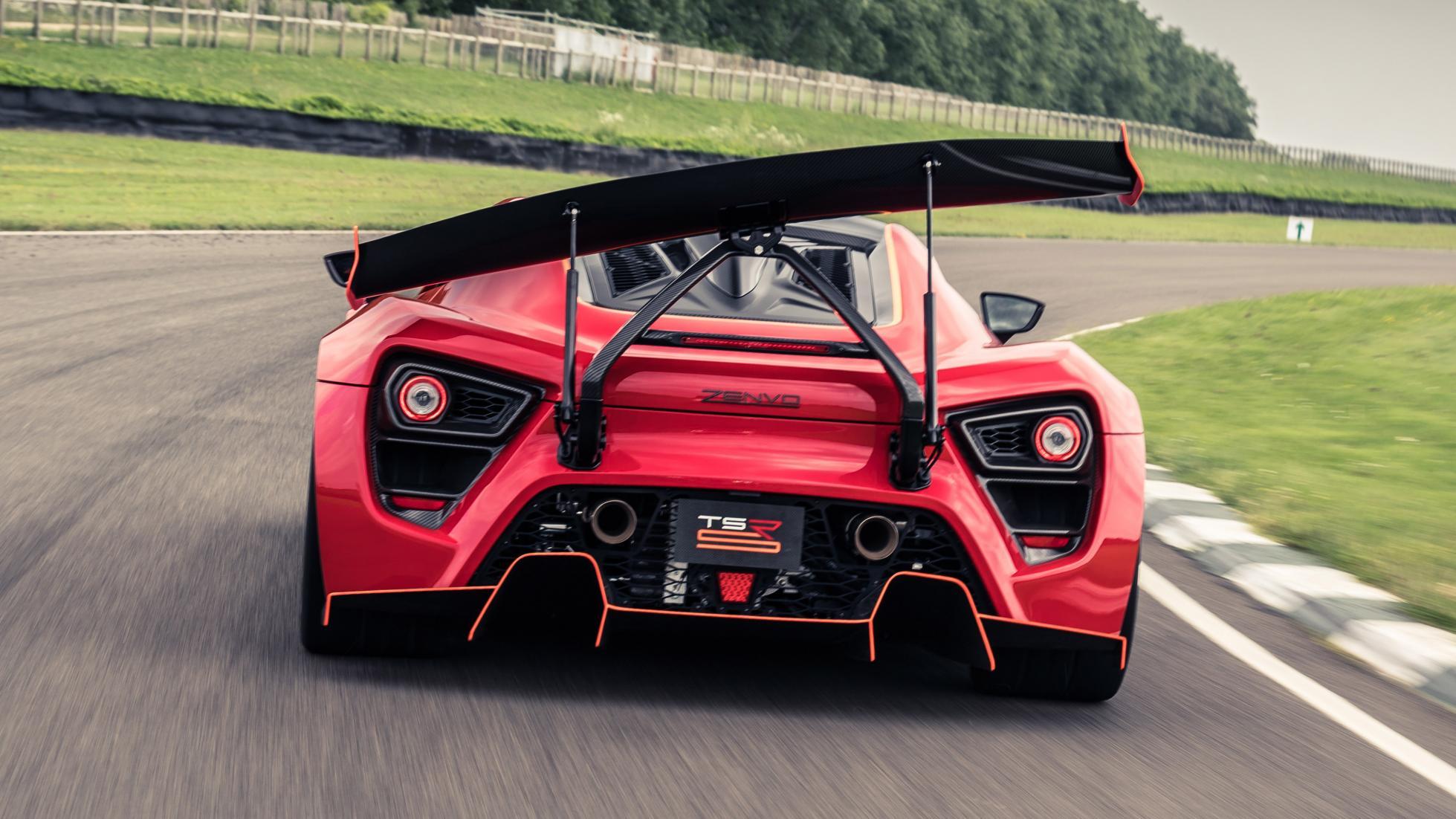
Zenvo TSR-S €1.45m
Yep, it’s the one with the funny wing! Does it work? Does it matter? But also yes. We think.
Well, it does according to the Danish blokes who built it. And, considering they’re a supremely low-volume supercar manufacturer – seriously, about 25 or so since 2007 – but can knock together a completely bespoke, twin-supercharged (yeah, you read that right) 5.8-litre V8, rather than buying in from a bigger manufacturer, we’re inclined to believe their engineering claims.
So, it may be apparent to you by now that we’re not aerodynamicists (at least, not very good ones), but the gist seems to be that you lose out on overall downforce with the wing canted over, but you gain downforce at the tyres that need the traction more.
Which feels like a good tradeoff to us. But then again, not aerodynamicists.
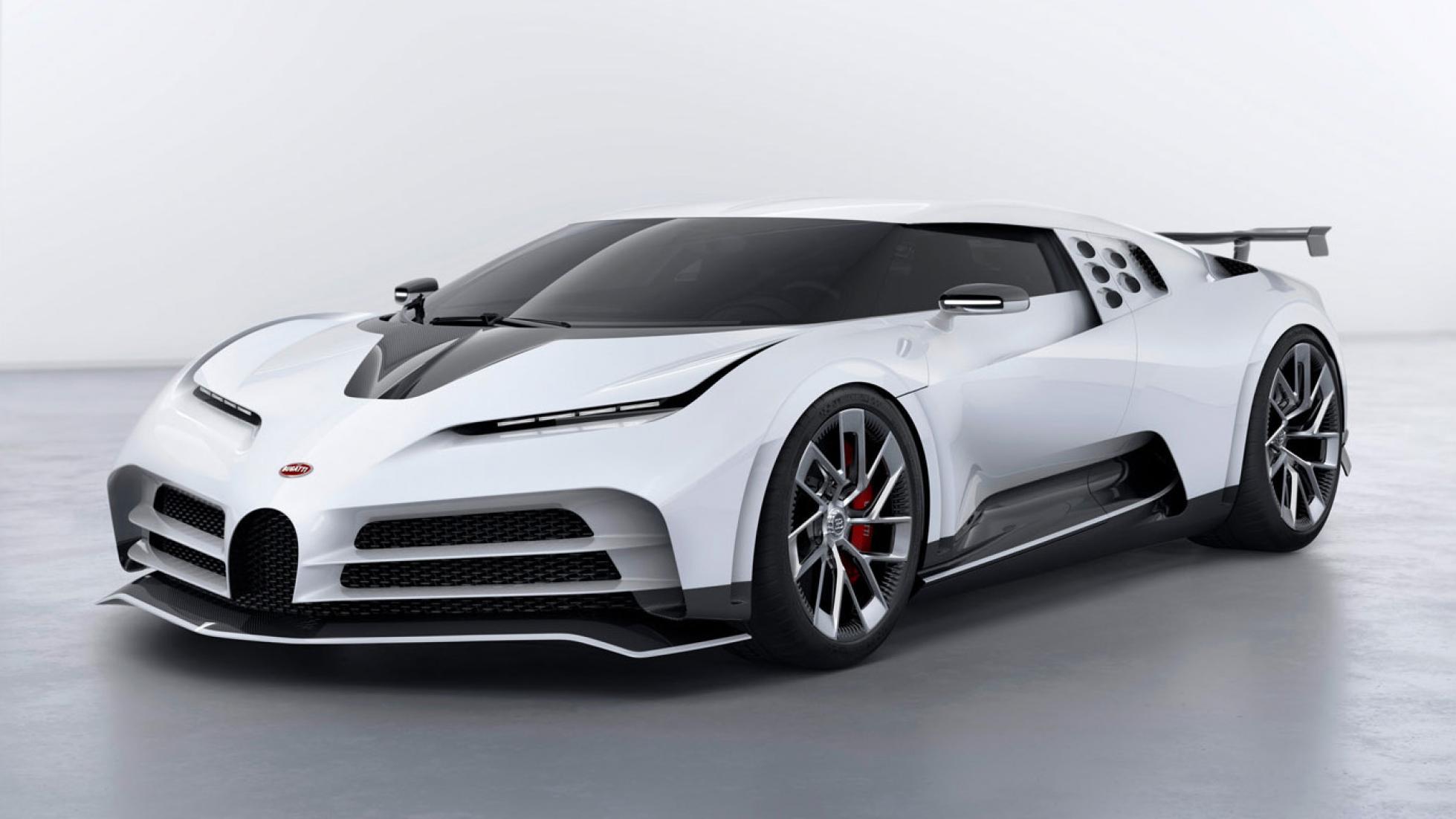
Bugatti Centodieci: £9m
Colour us every single shade of surprised that this list is a bit heavy on the Bugattis. And the Centodieci (One hundred and ten) is certainly punching on the pricier side, even among this list.
Nine million pounds? That’s enough to buy the neighbourhood we grew up in. But that, we assume, is why we’re writing about the Centodieci and not driving it. Or looking at it sitting idly in a garage while we bathe in a hot tub full of Dom Perignon. Yep, fine, another pound in the jar.
So what does the Centodieci do, apart from relieve £9m from a plutocrat’s offshore bank account? Well, it references the EB110, a Bugatti made back in the 1990s… by a completely different company. Ah.
Well, it was still Bugatti; it’s just that the men writing the cheques were Italian instead of German. And fair’s fair – it was much more like the Bugatti we know today than the Bugatti from when everyone had moustaches. And polio.
The EB110 had four-wheel-drive, a quad-turbocharged engine with many cylinders and more power than your average solar farm. So far, so modern Bugatti. But it was, as you might expect, a lot more Italian – including involvement from Marcello Gandini, Paolo Stanzani, Nicola Materazzi and Mauro Forghieri. If your attention isn’t immediately piqued by those names, try a quick swan around on Wikipedia. There you go. All on board now.
The modern 110 finally gives the long-overlooked EB110 its moment in the sun, unspoiled by the recession that caused the 1990s Bugatti revival to crash and burn – and eventually fall into the hands of Volkswagen.
Also, at nine million pounds, it also hints that the super rich have found a way to be recession-proof. And there goes that opportunity for a lovely bit of schadenfreude.
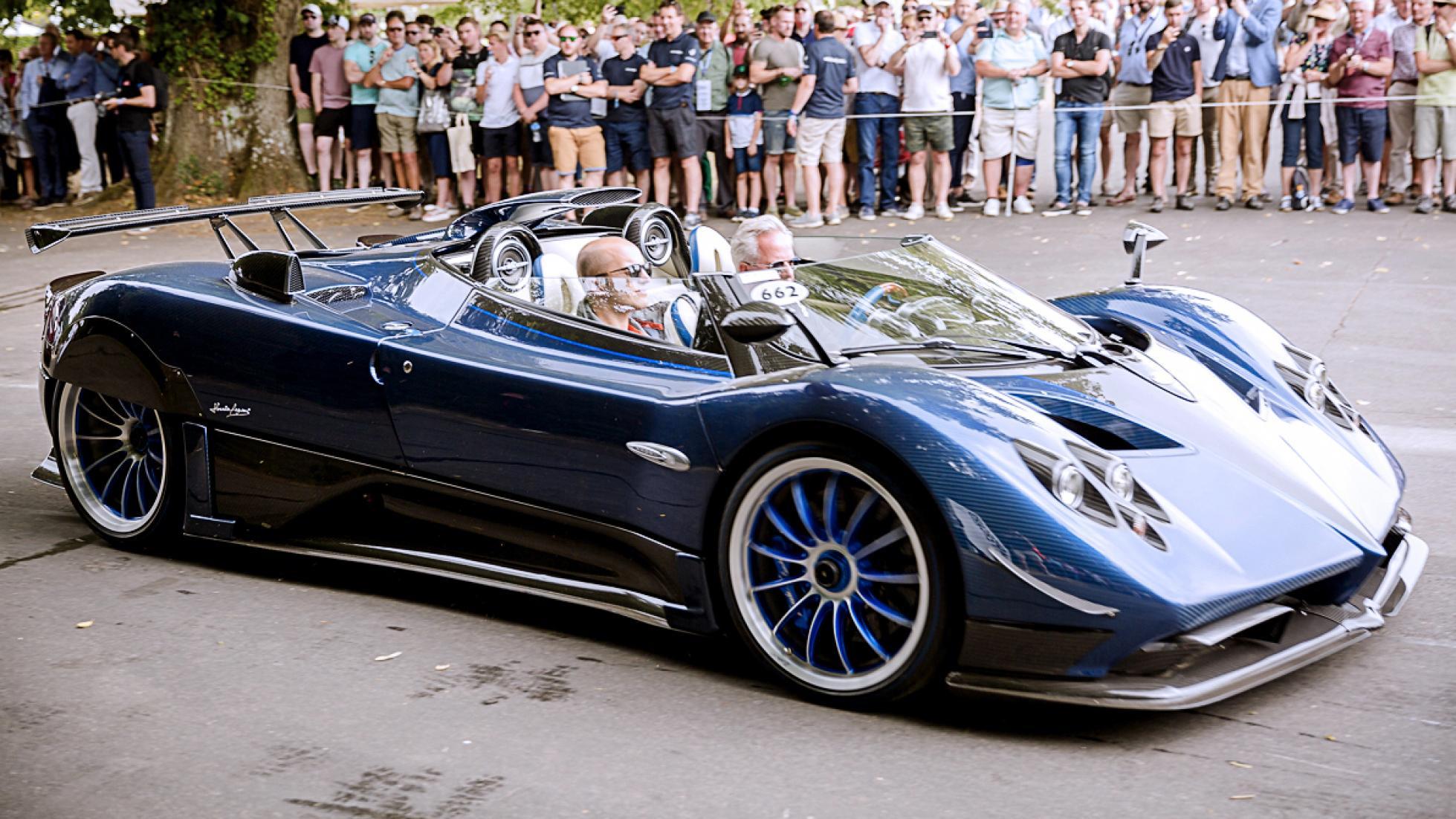
Pagani Zonda HP Barchetta: €15m
Remember Mustafa in Austin Powers, who kept being killed off, only to somehow survive the coup de grace? And remember the Pagani Zonda?
Honestly, we couldn’t care less – the Zonda is the car we most associate with Pagani and is just as cool today as it was at its introduction at the 1999 Geneva show. Yep, 1999. Let that sink in for a second.
The HP Barchetta is probably the very best Zonda of all time, as evidenced by the fact that Horacio Pagani snagged one for himself and only made two others. And, as such, it commands a price tag that would be enough to make a decent run of indy Oscar-baiting feature films.






